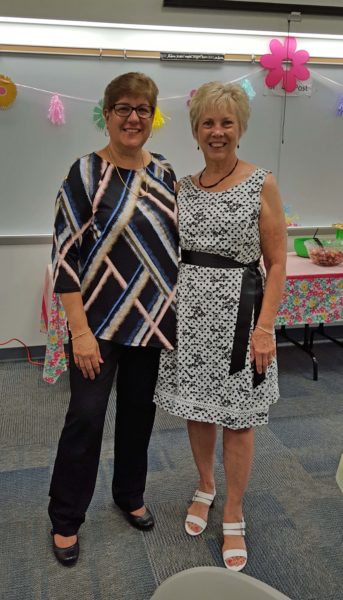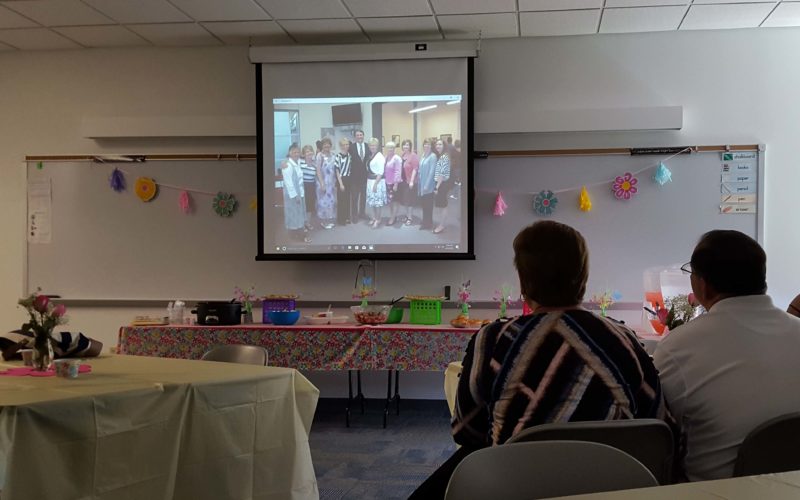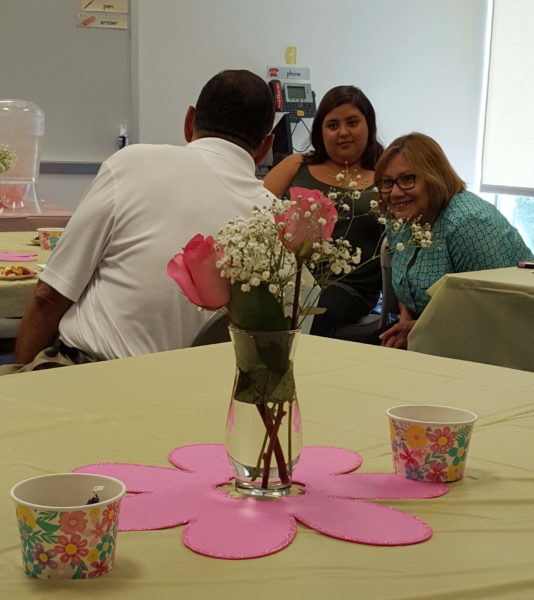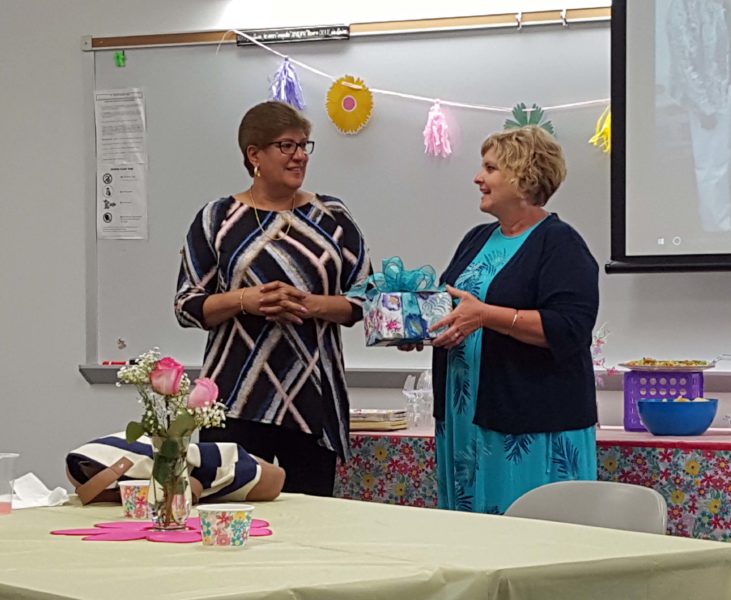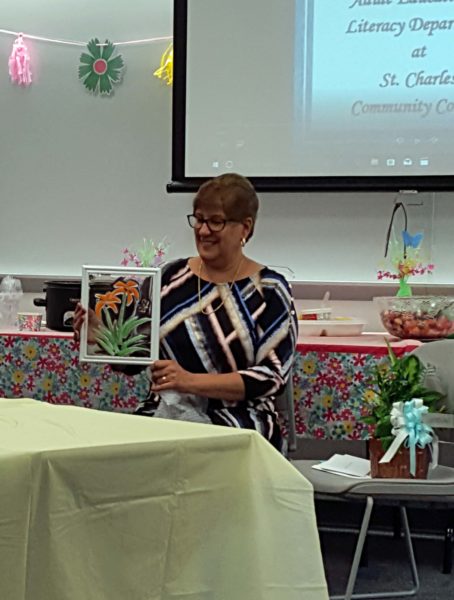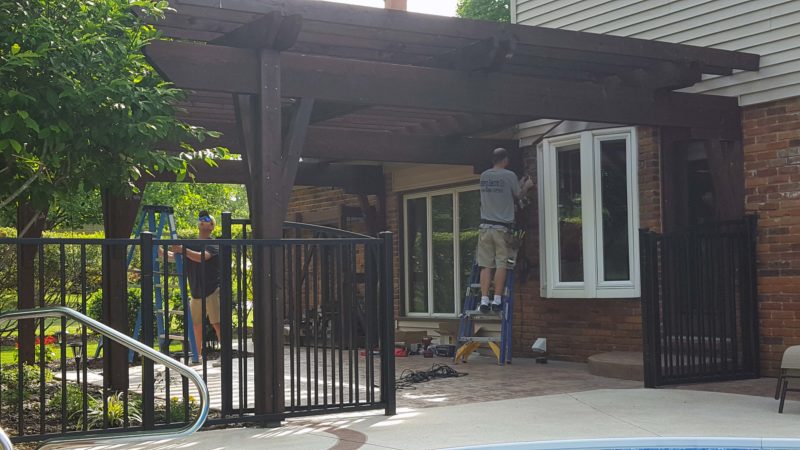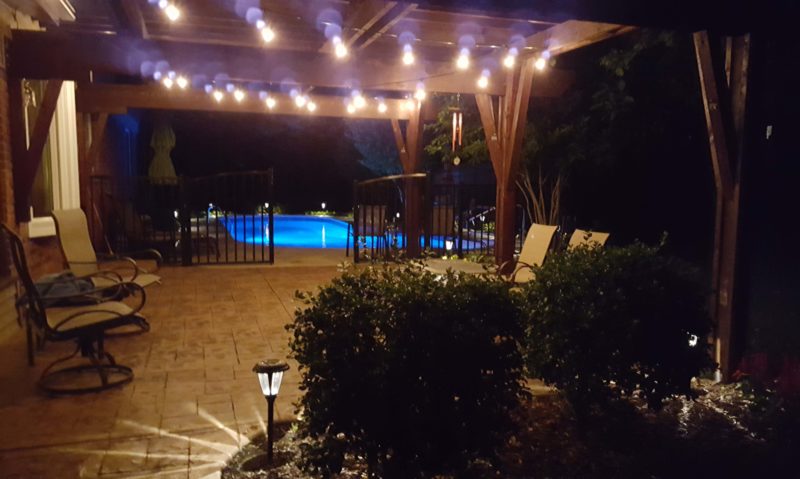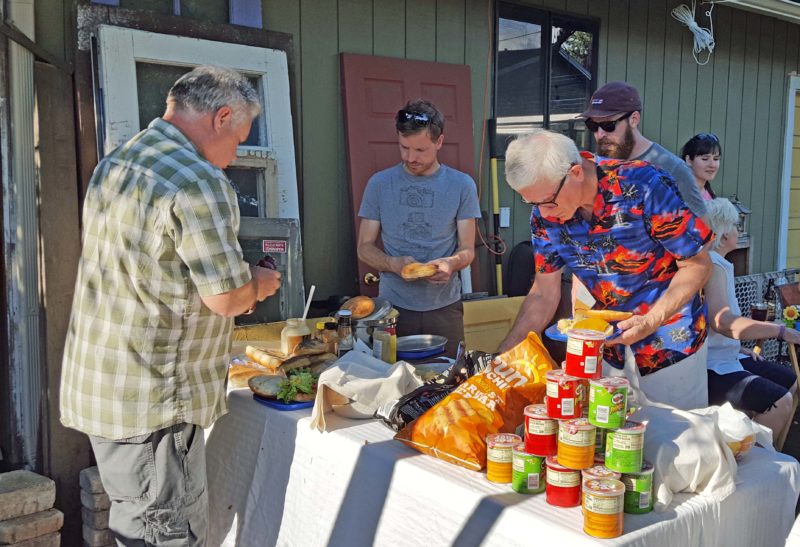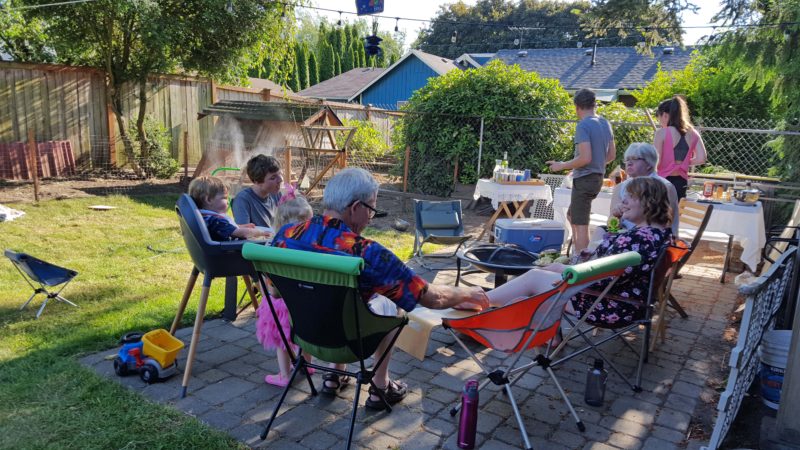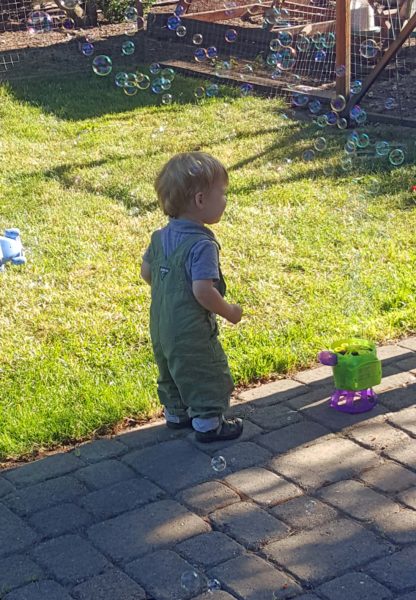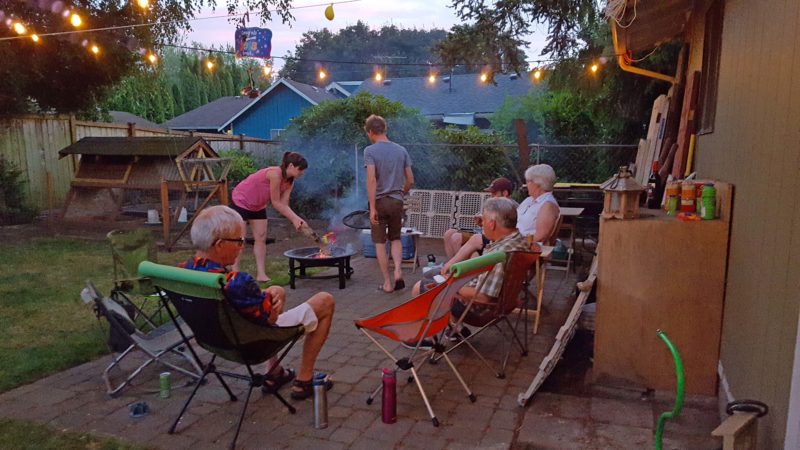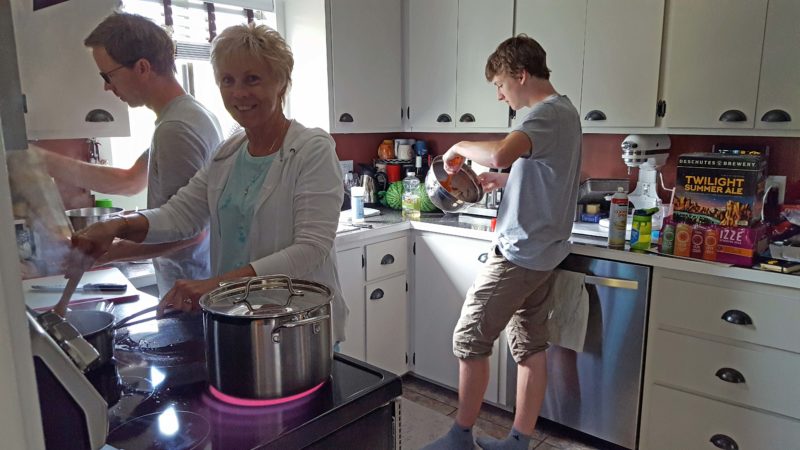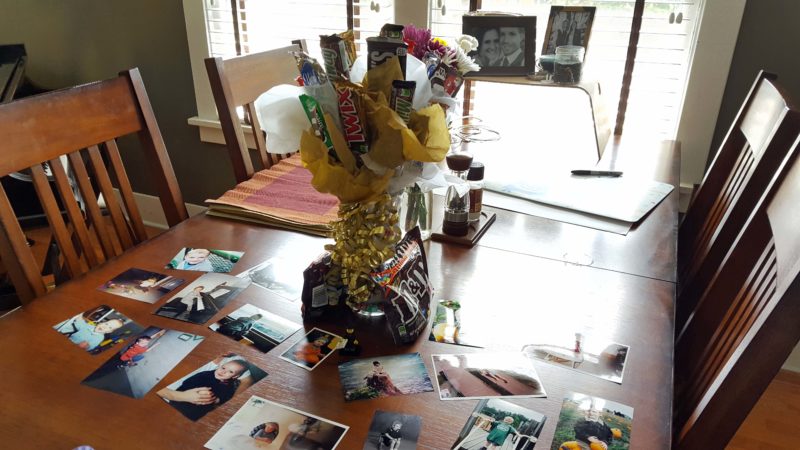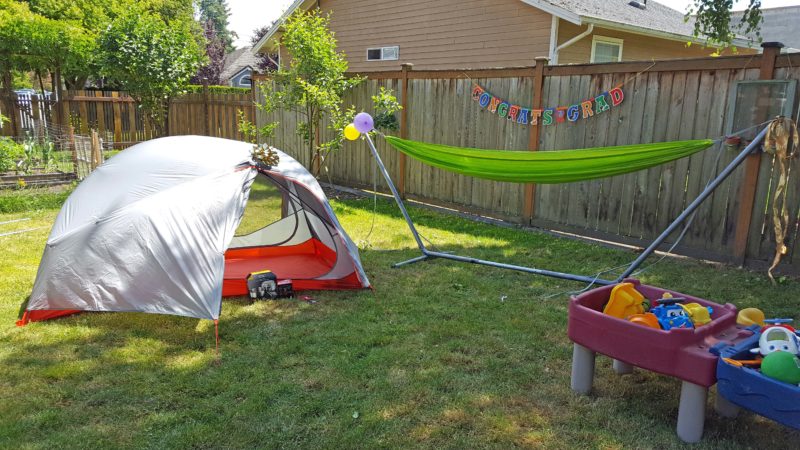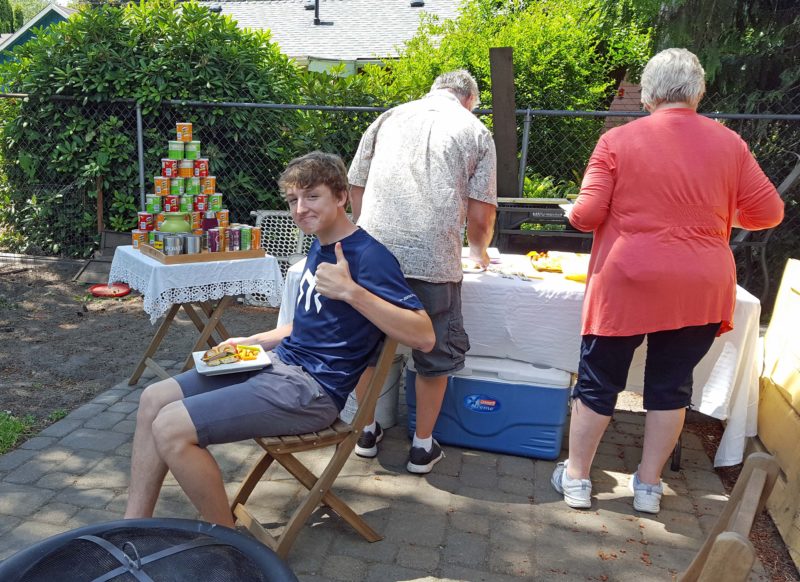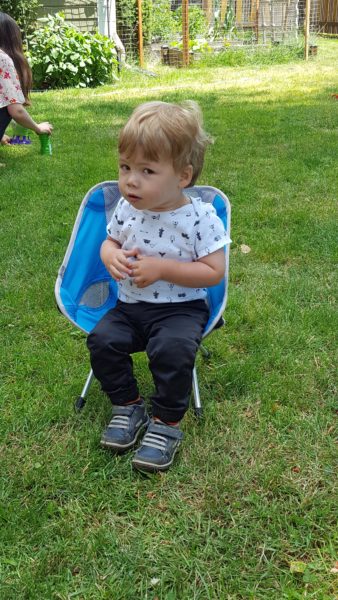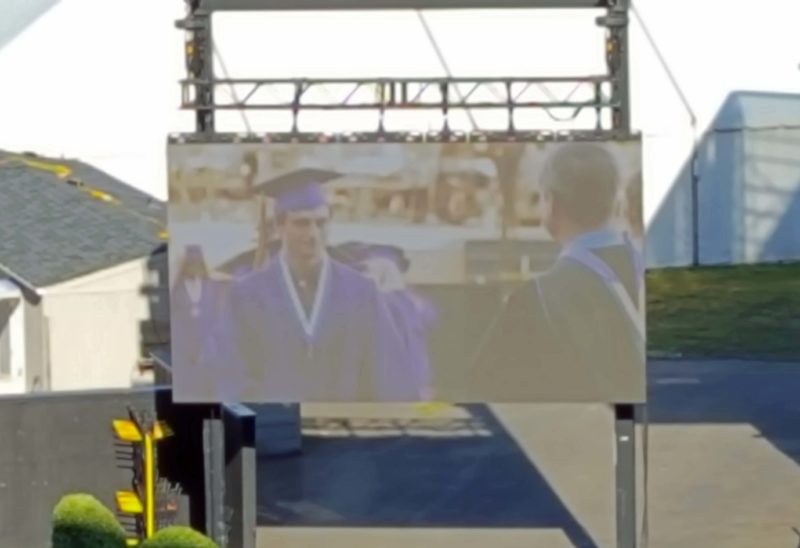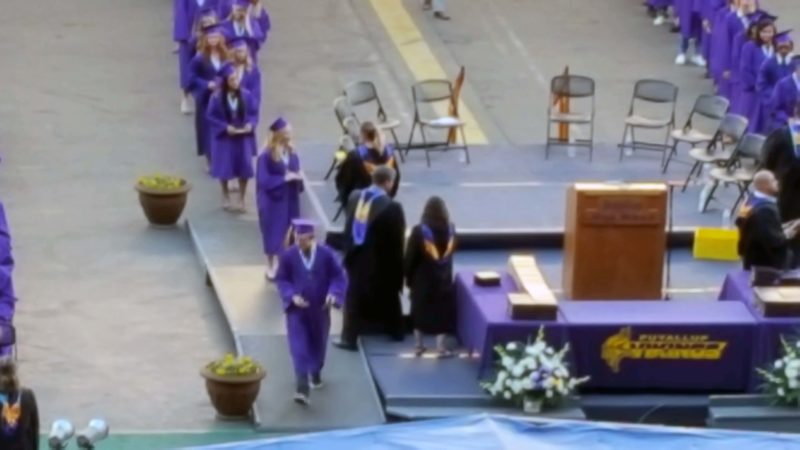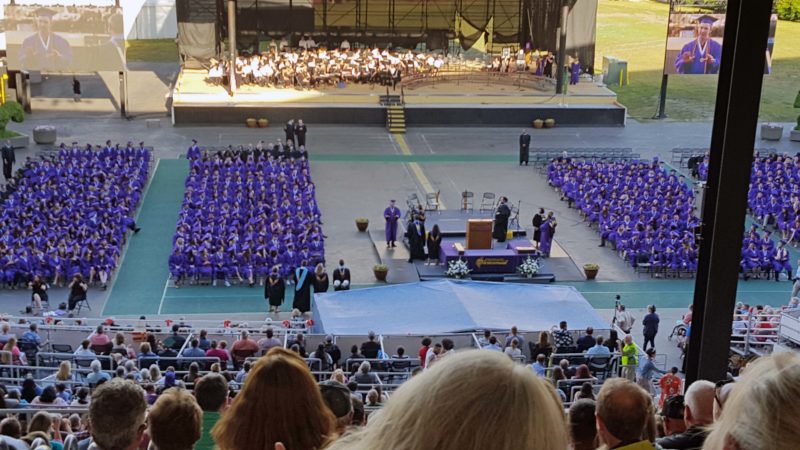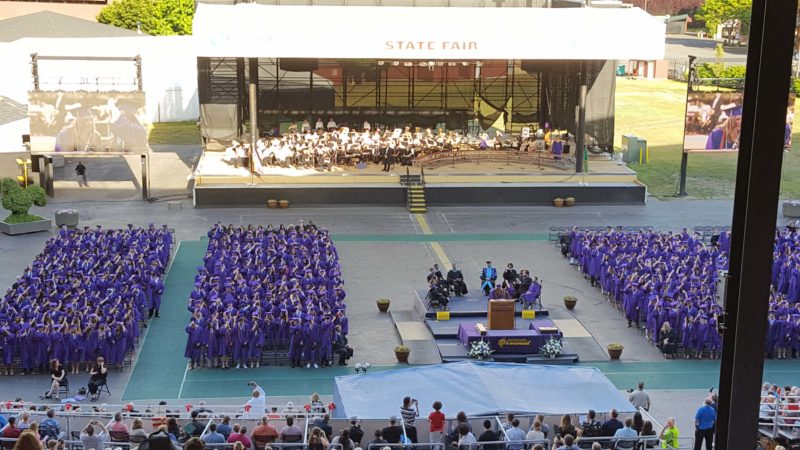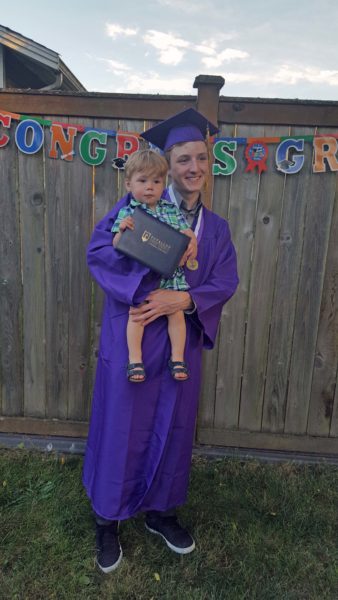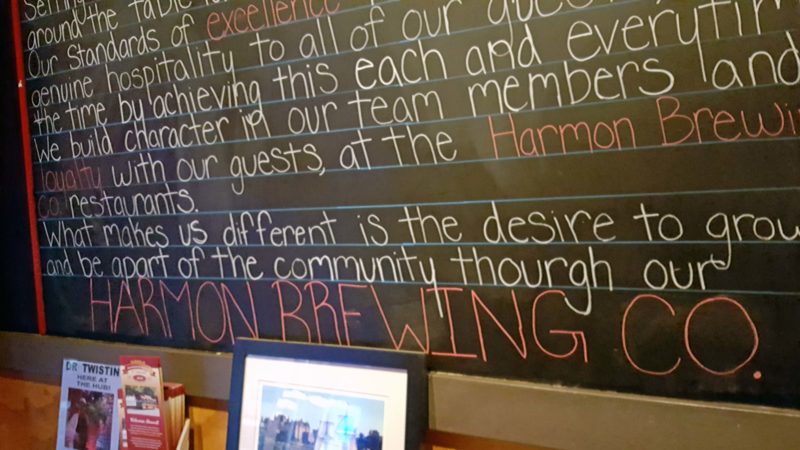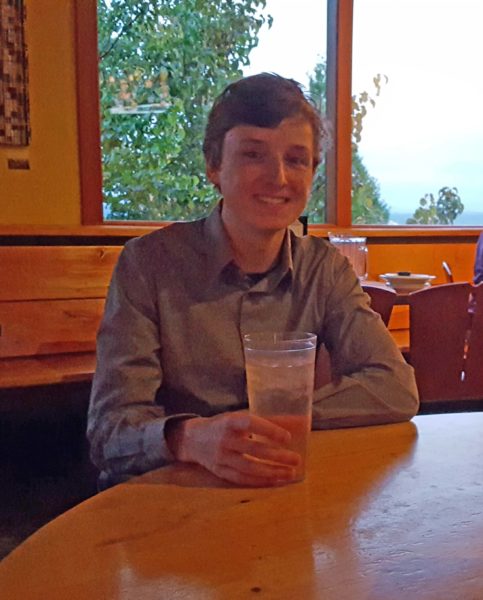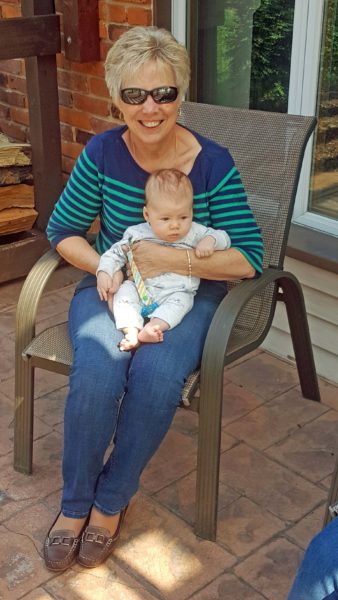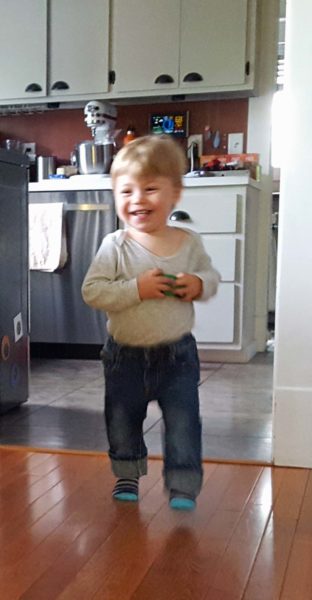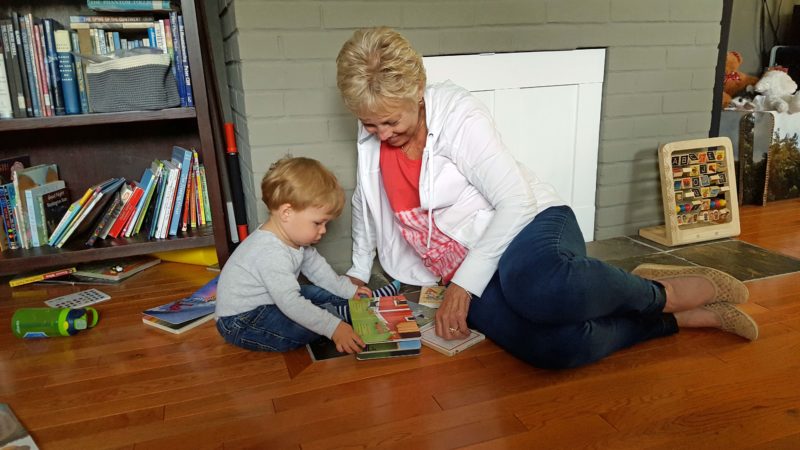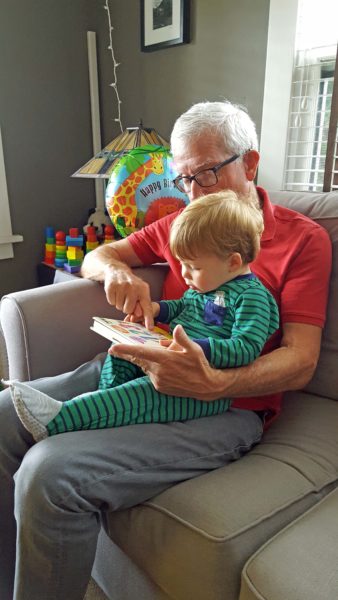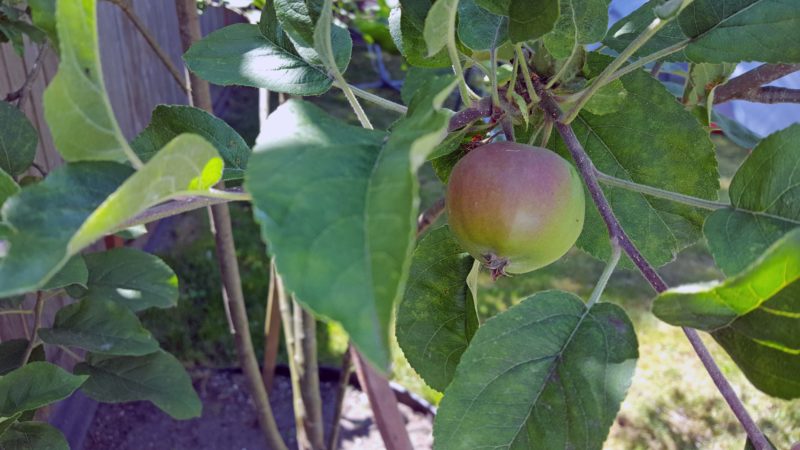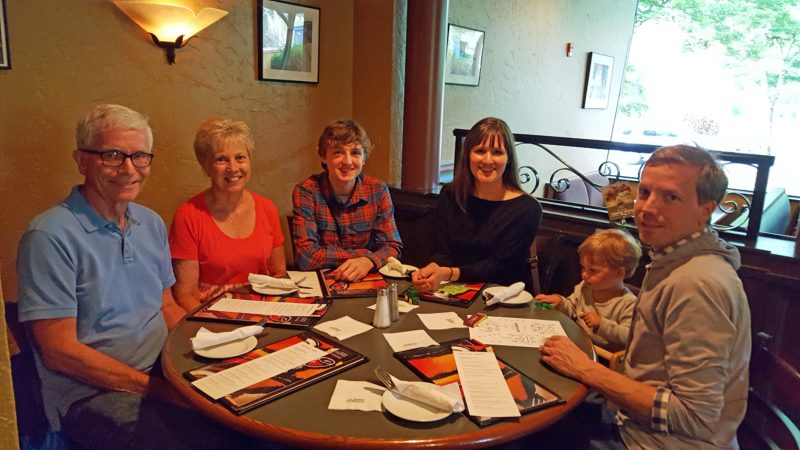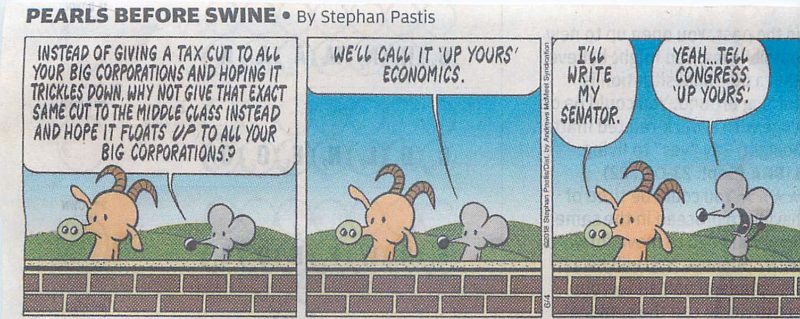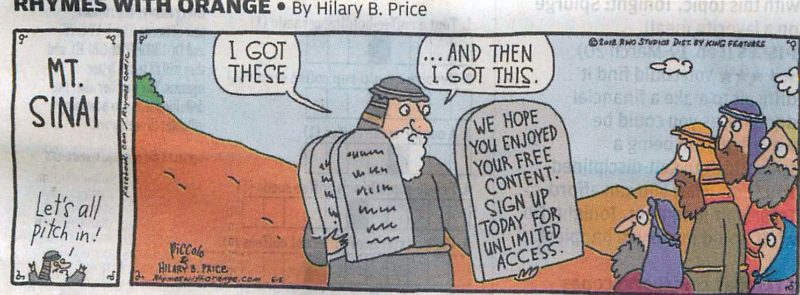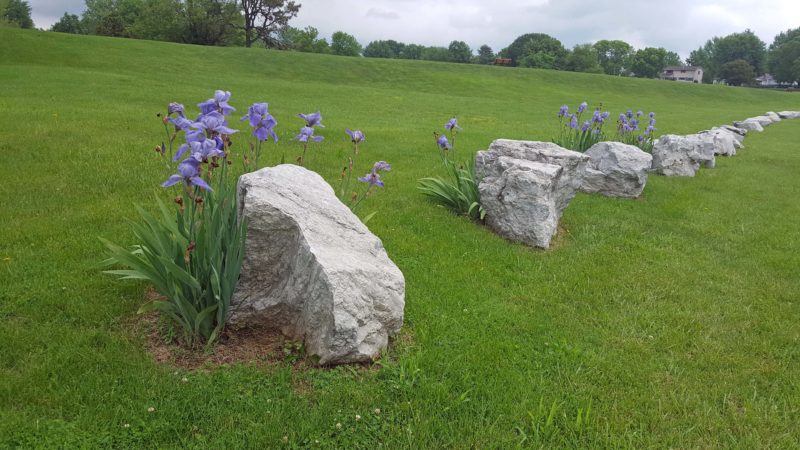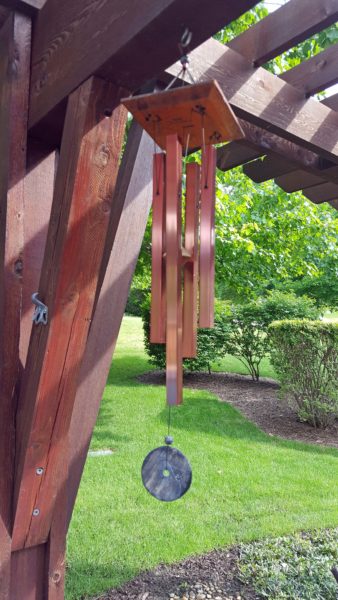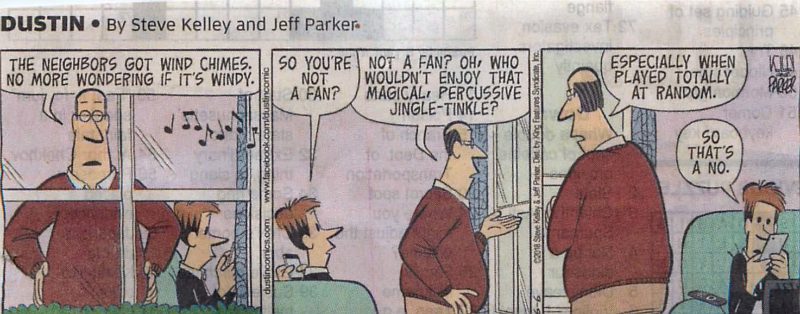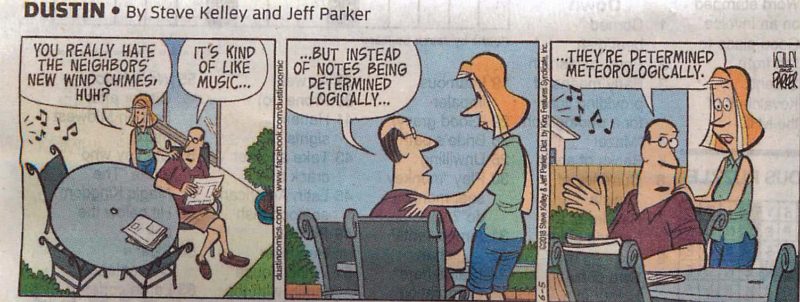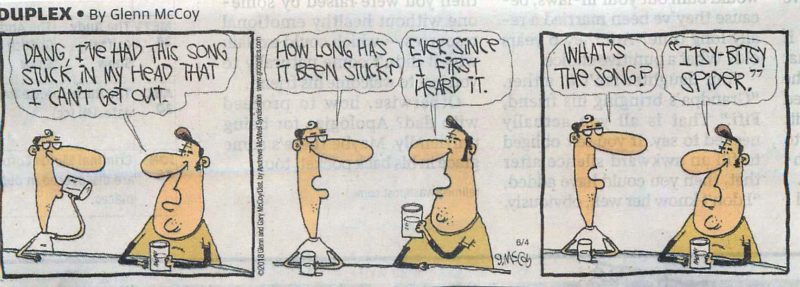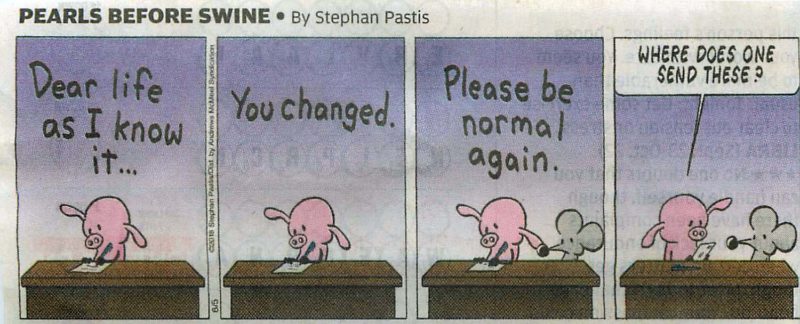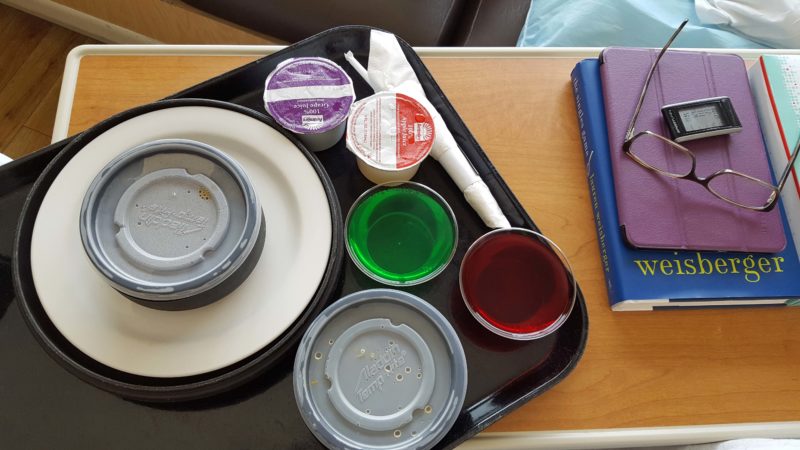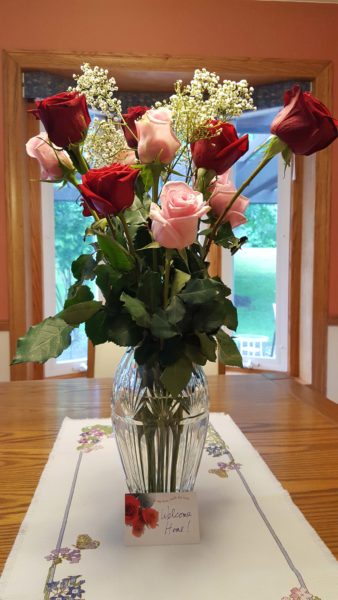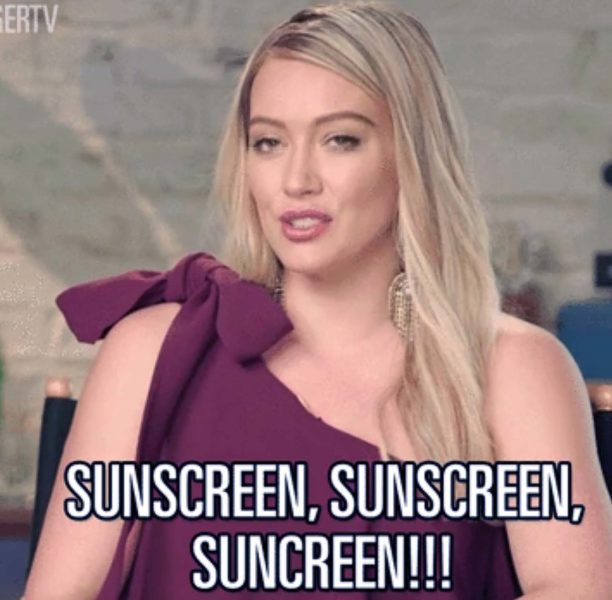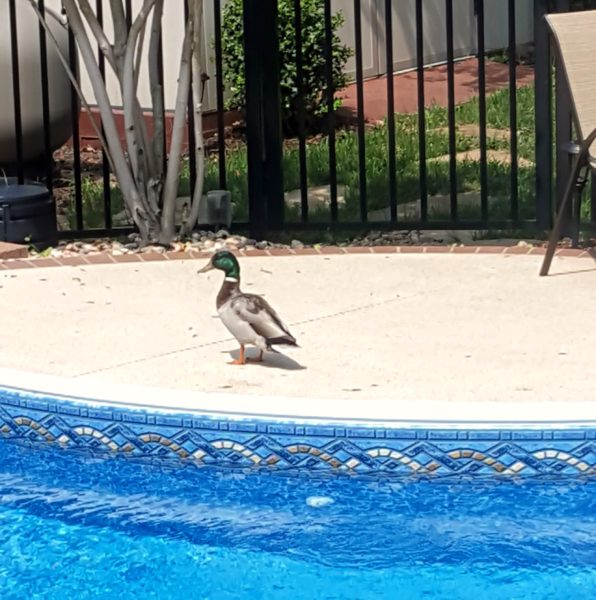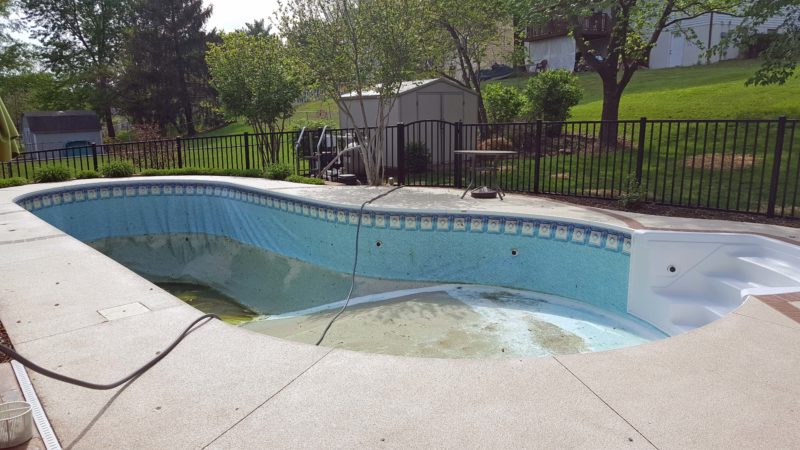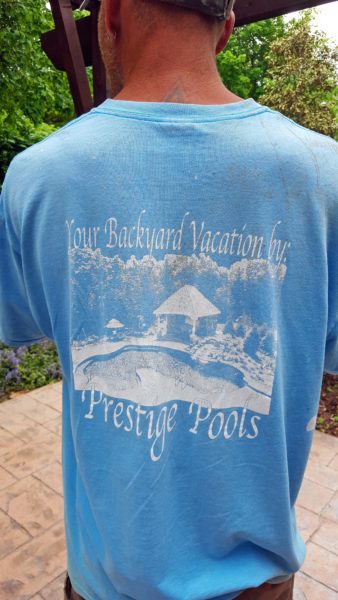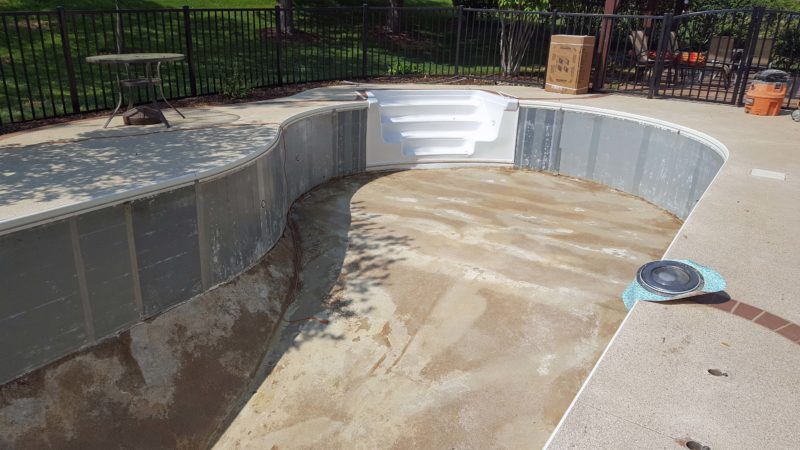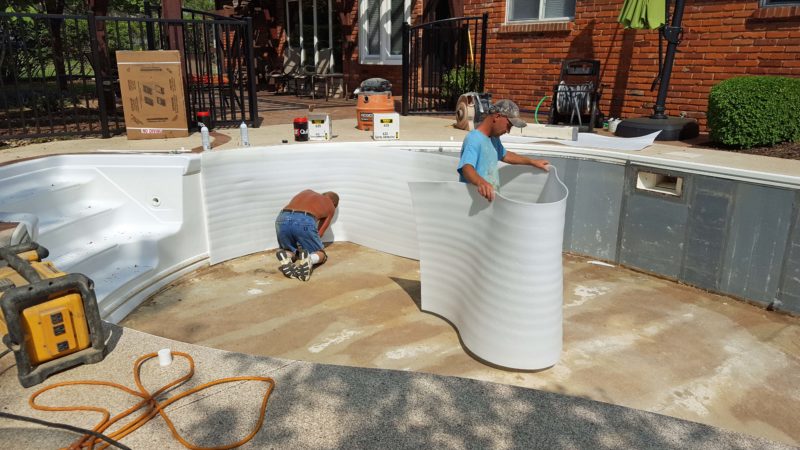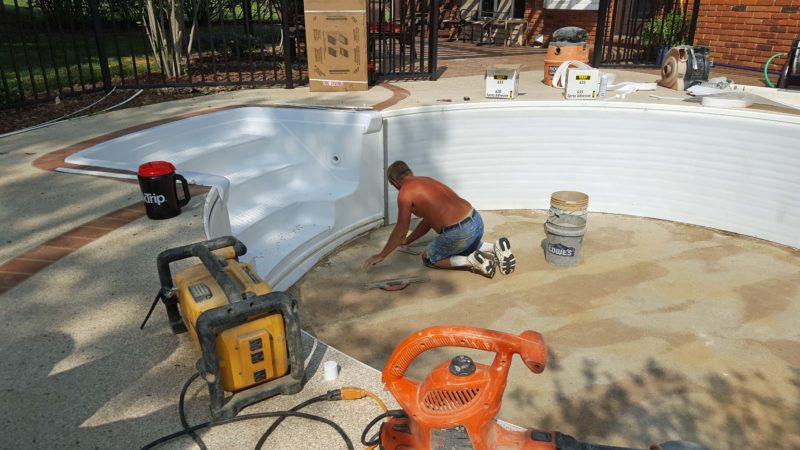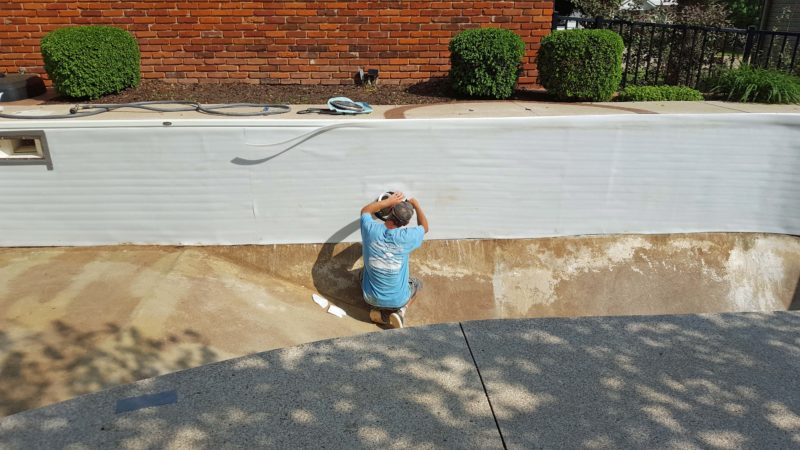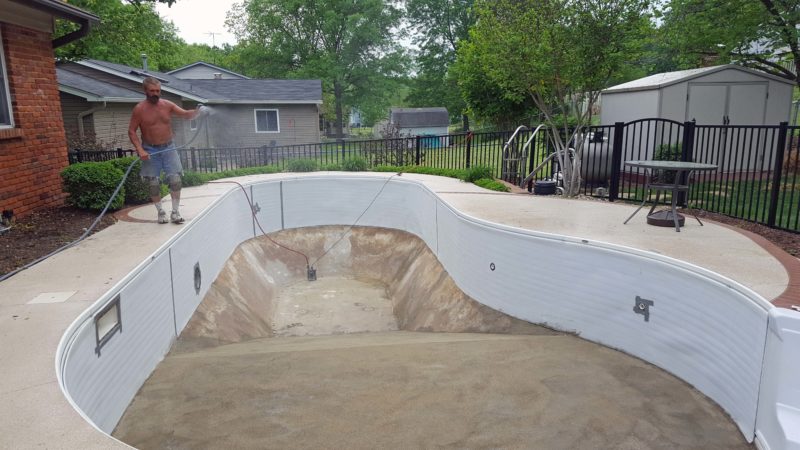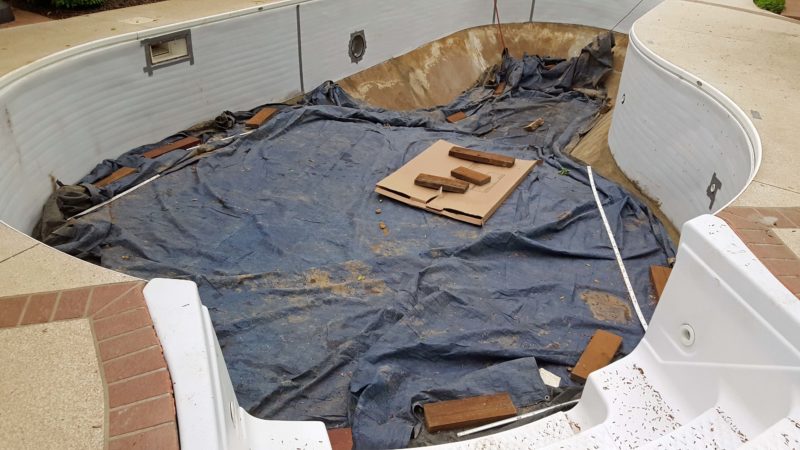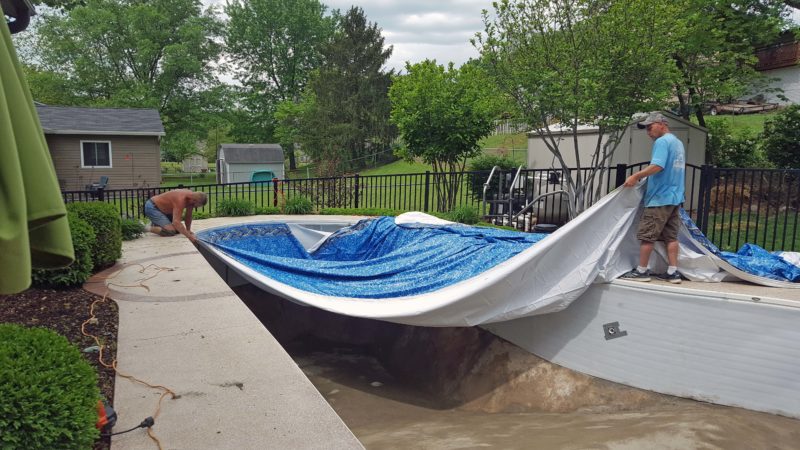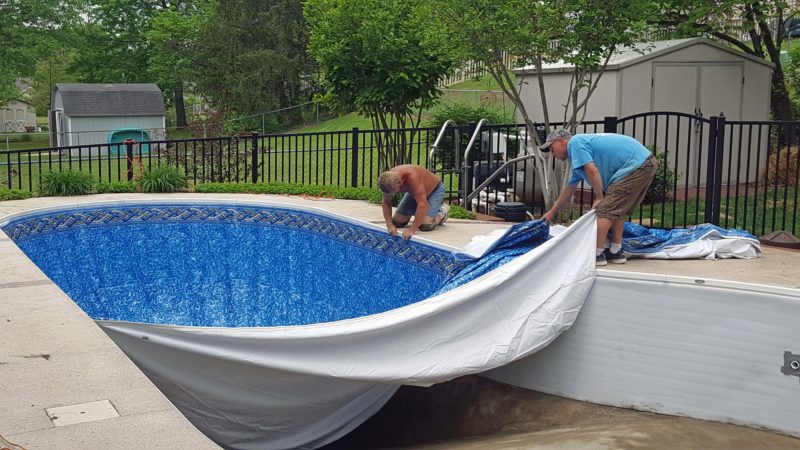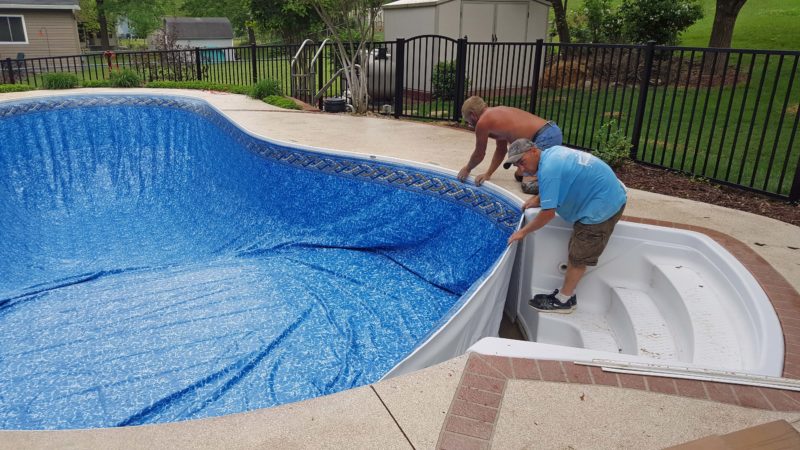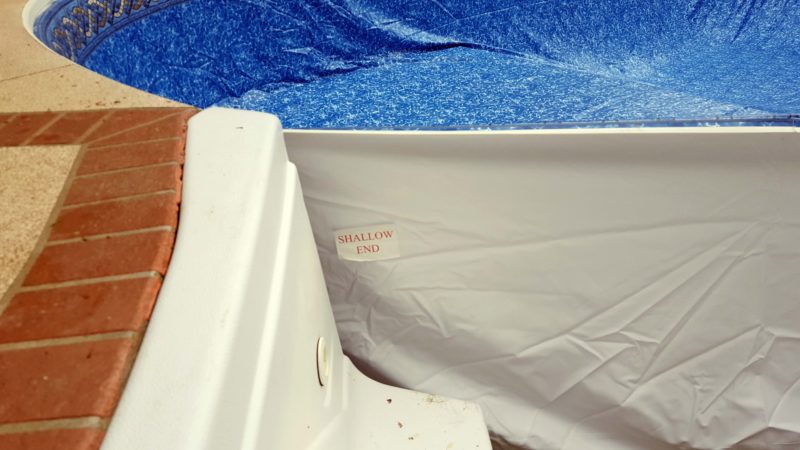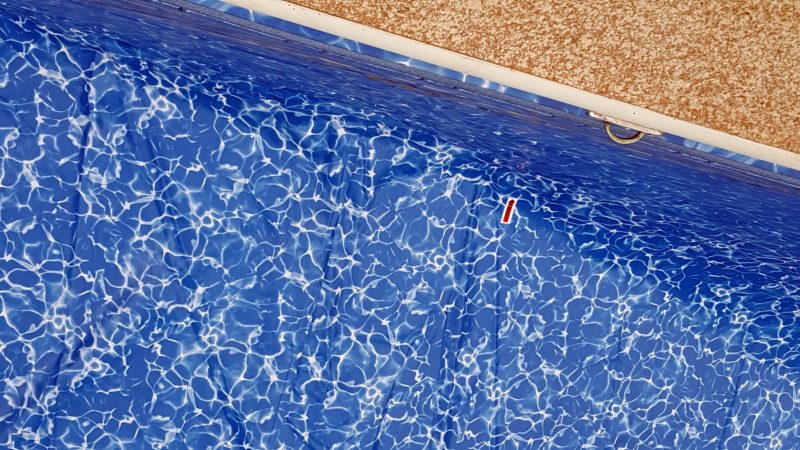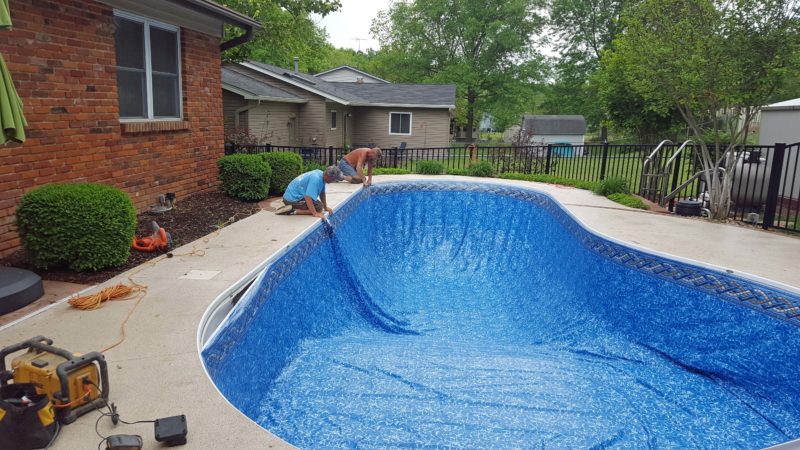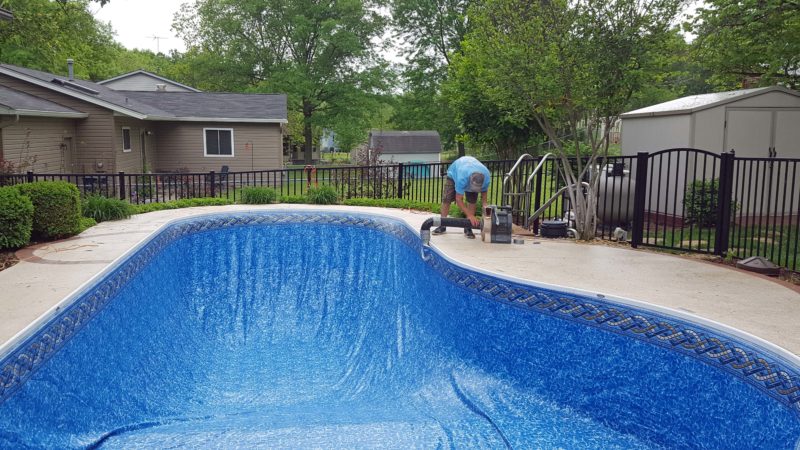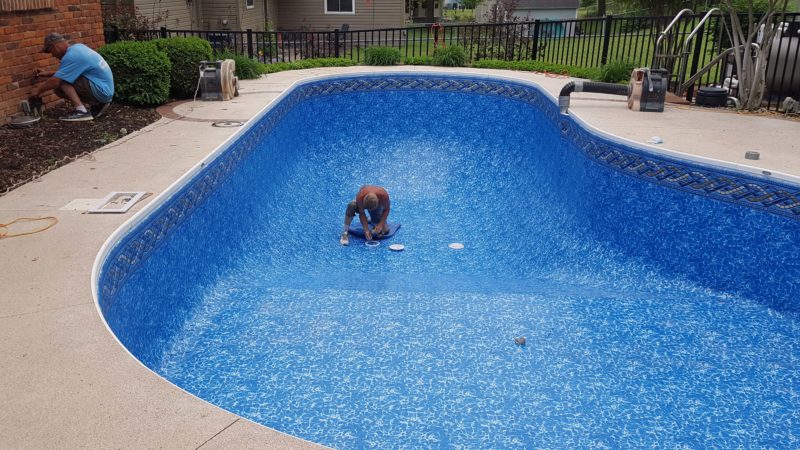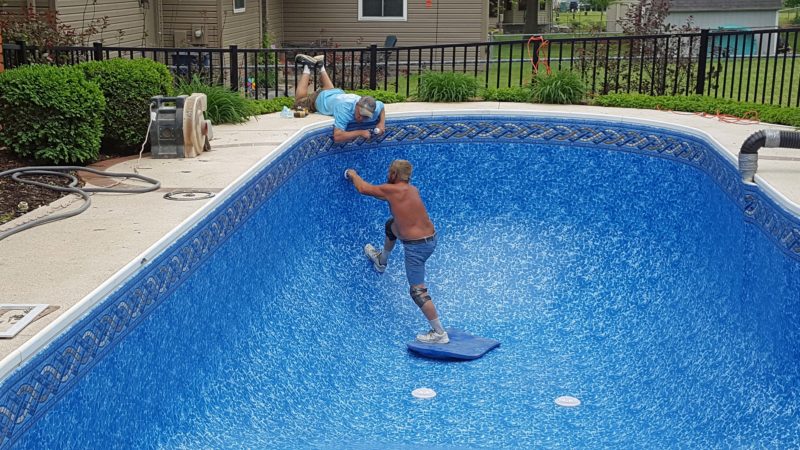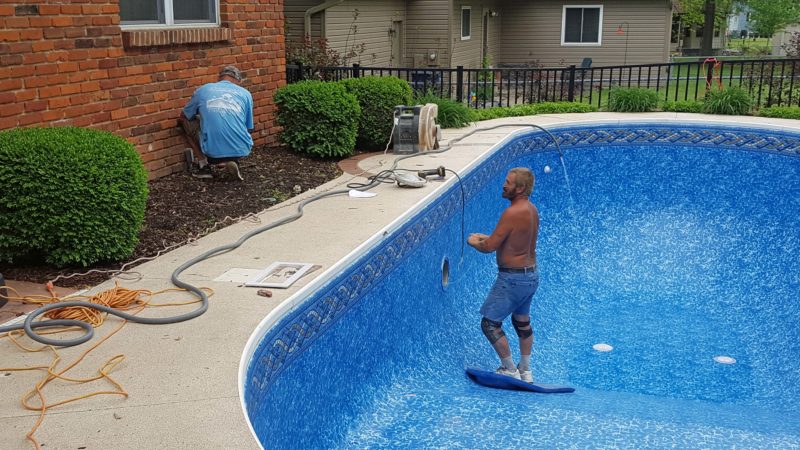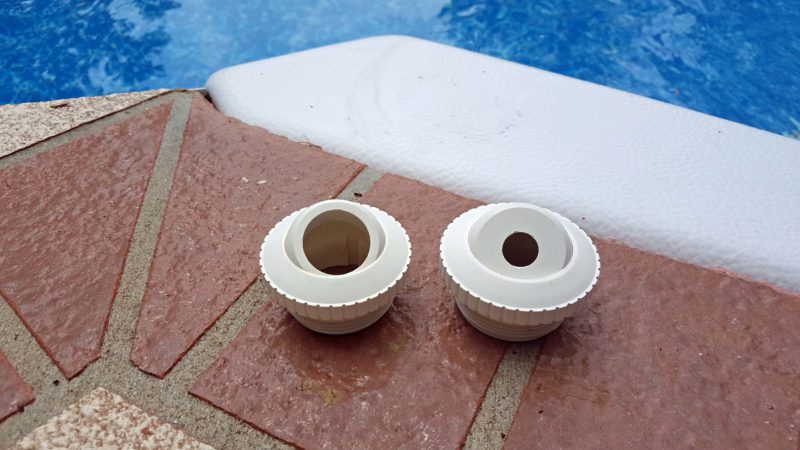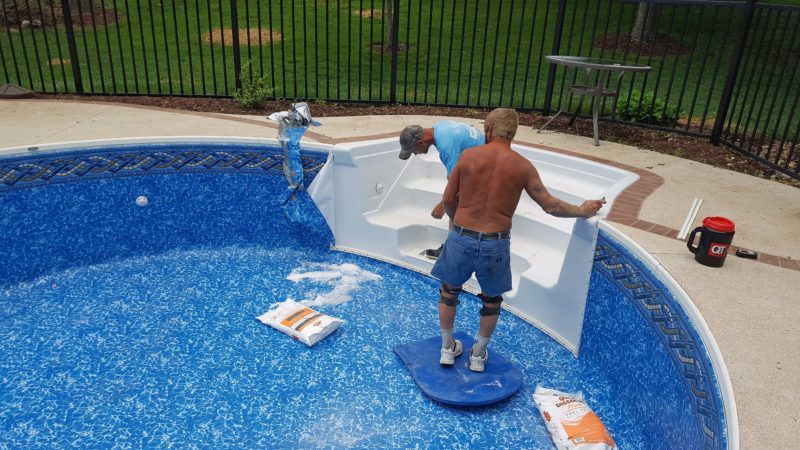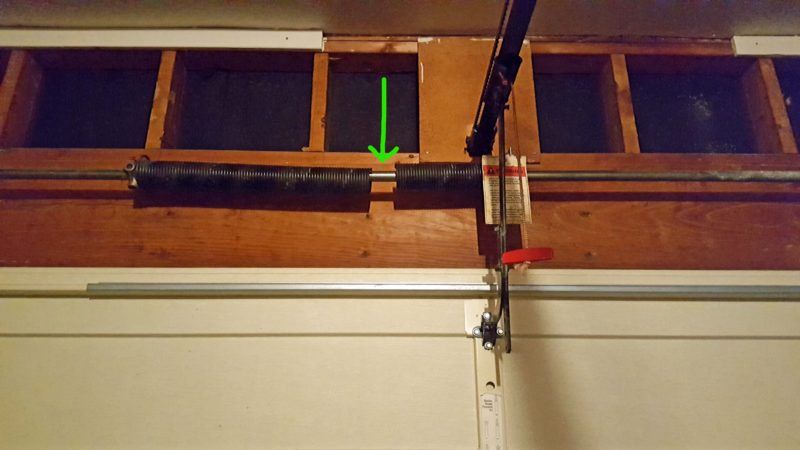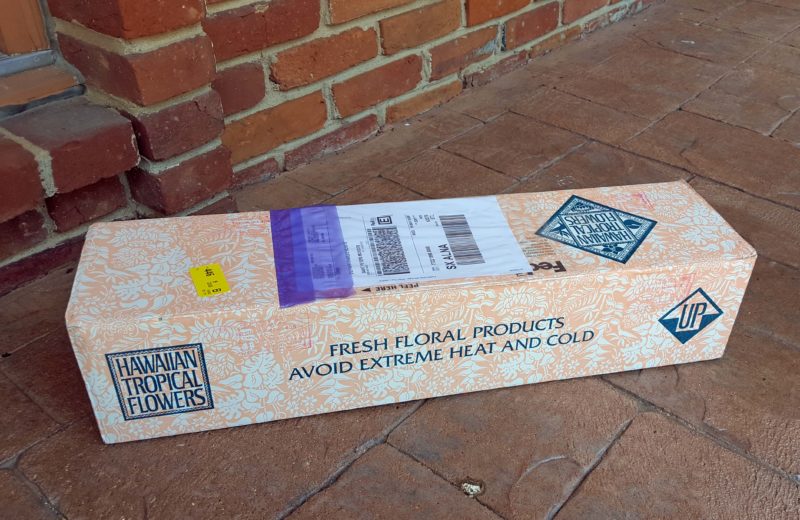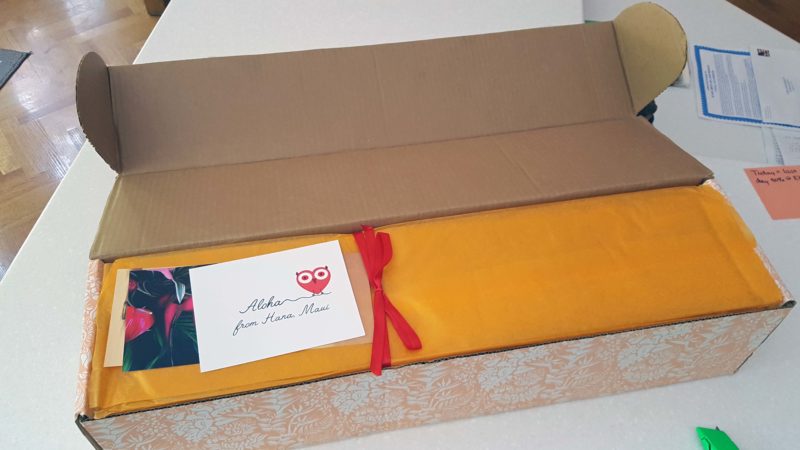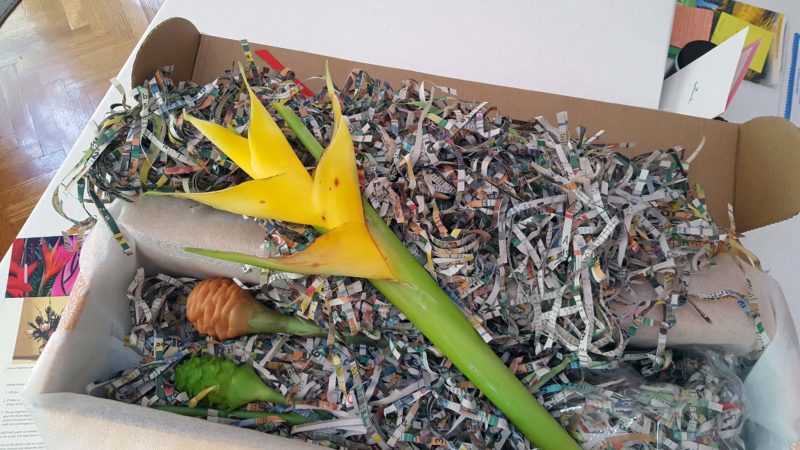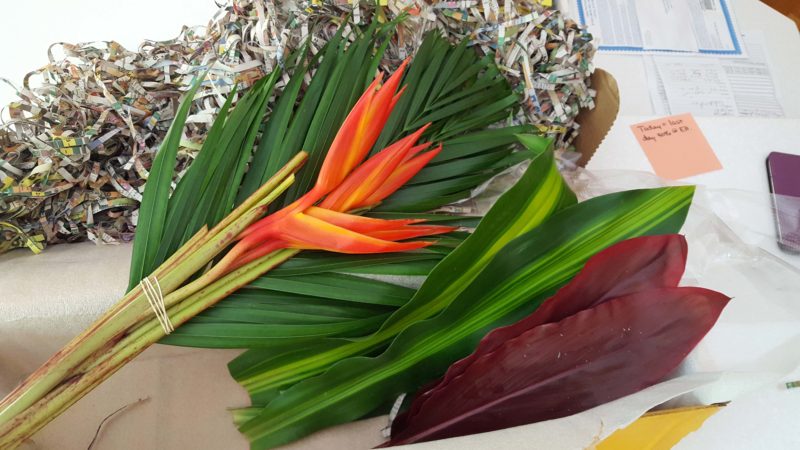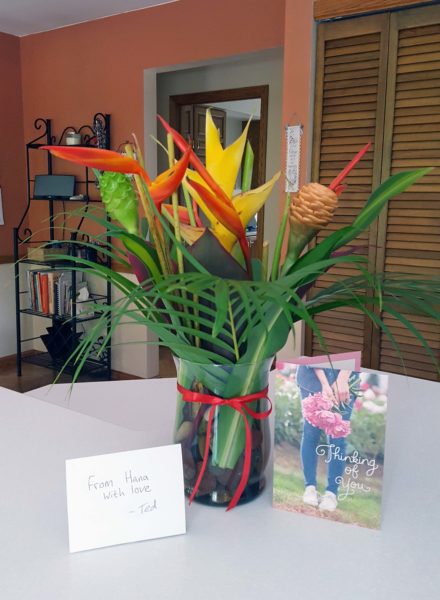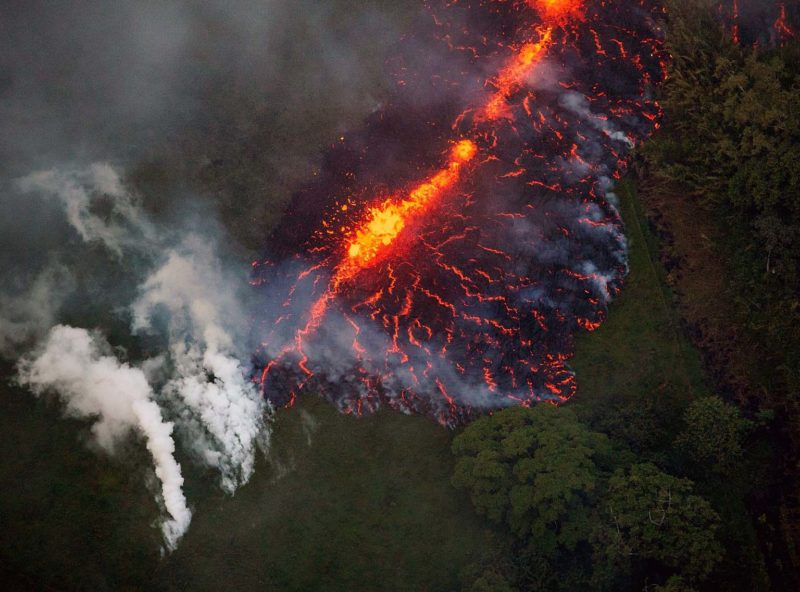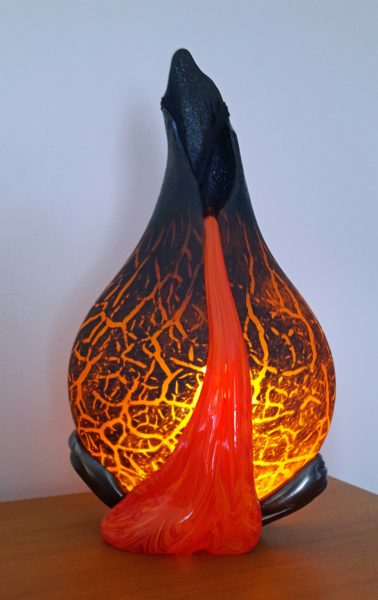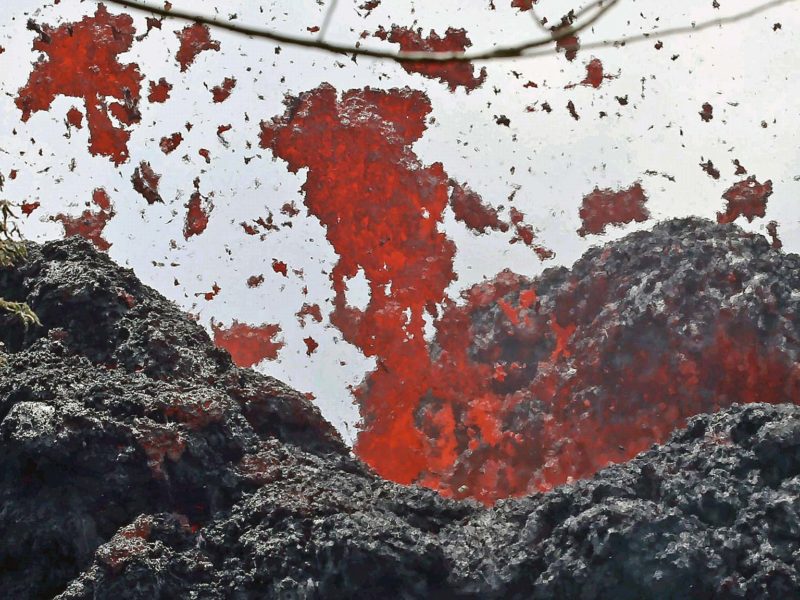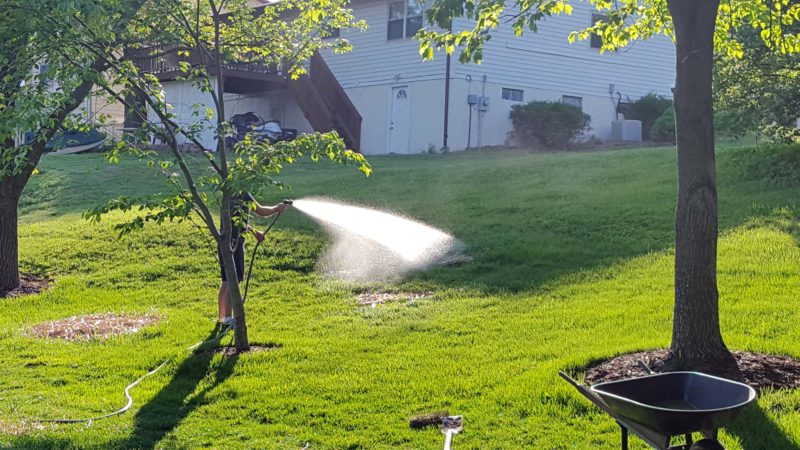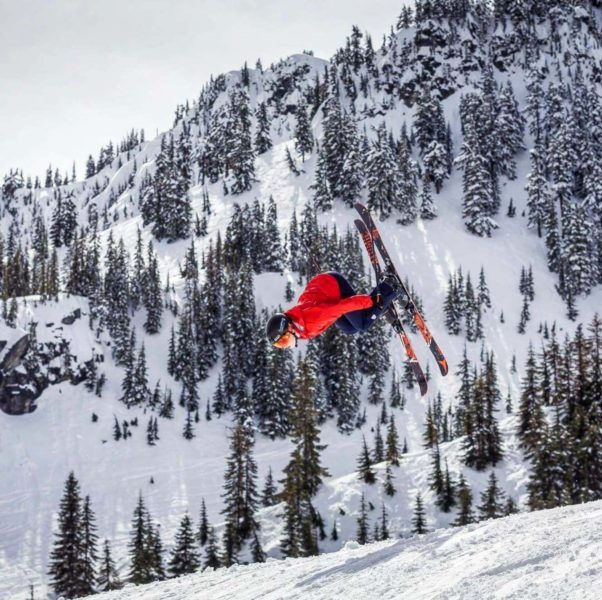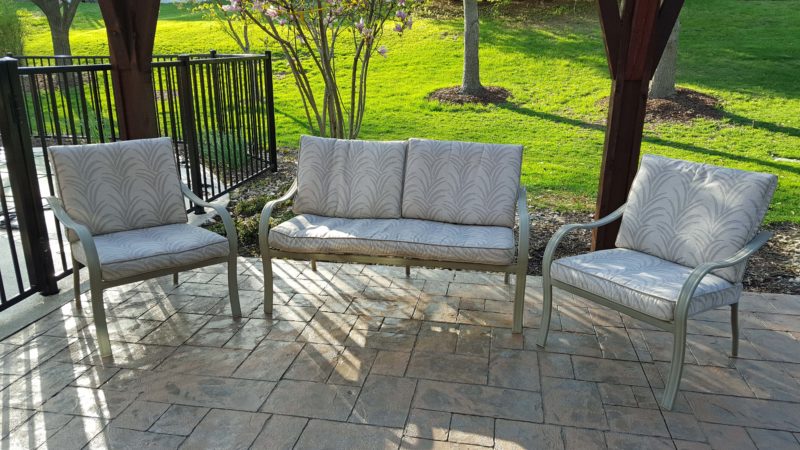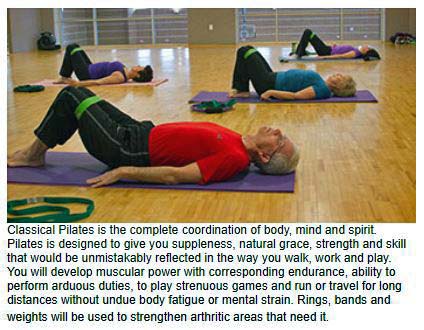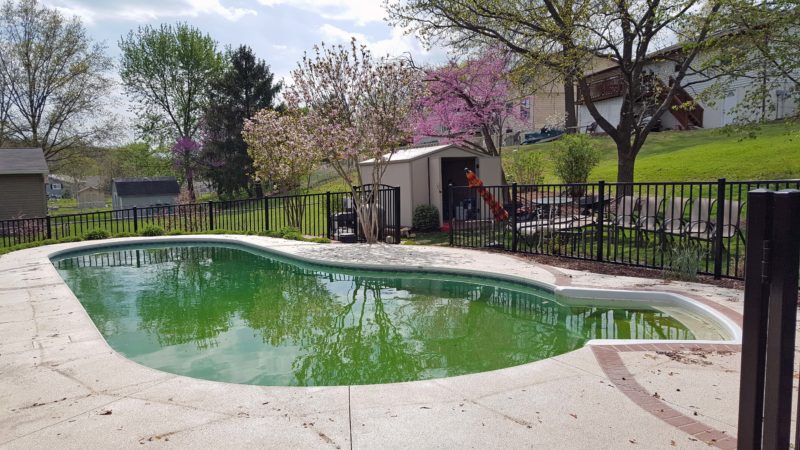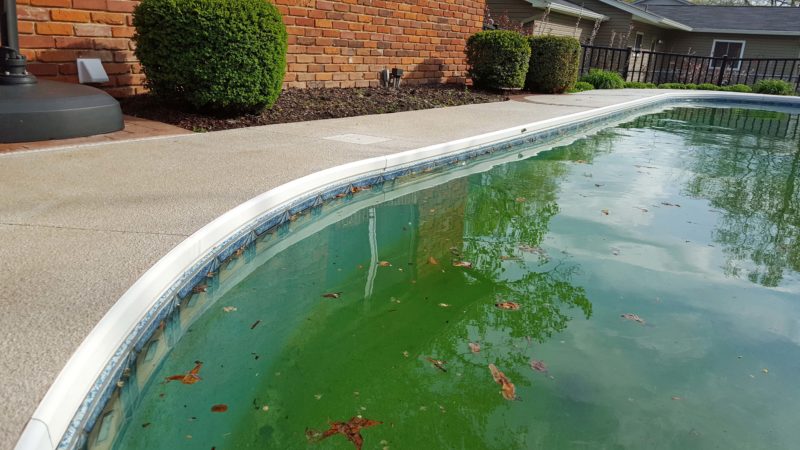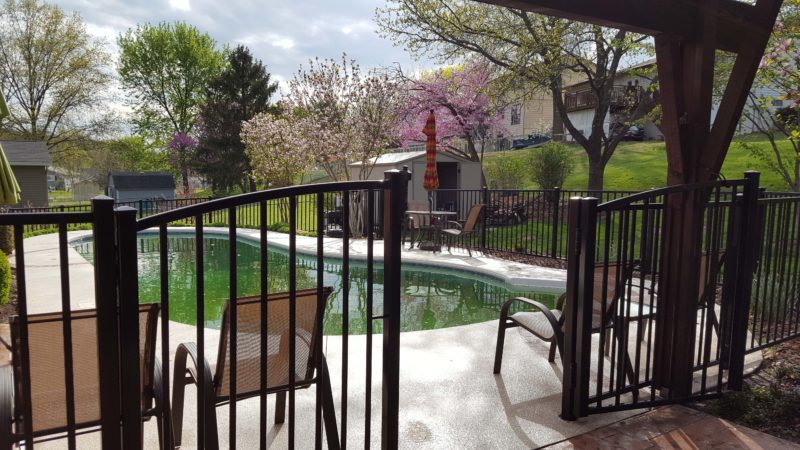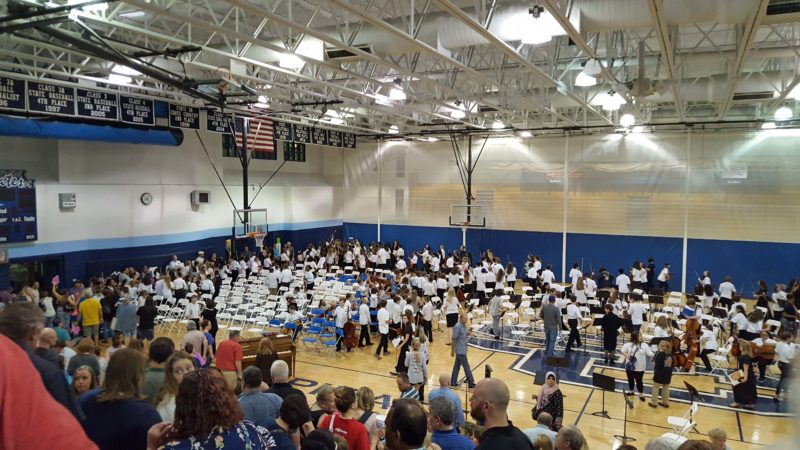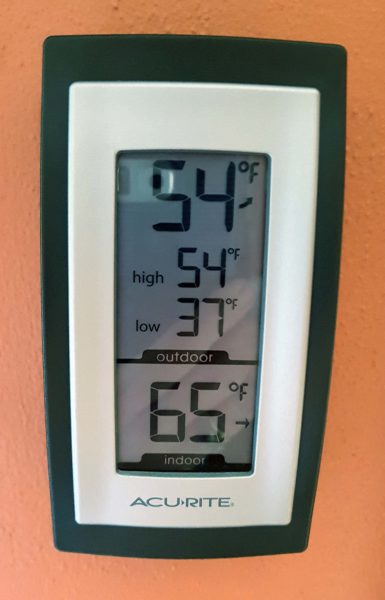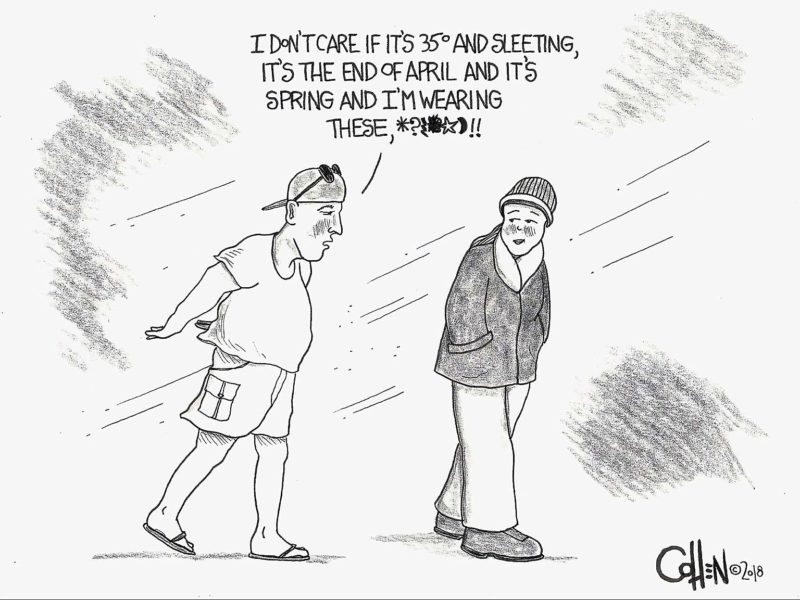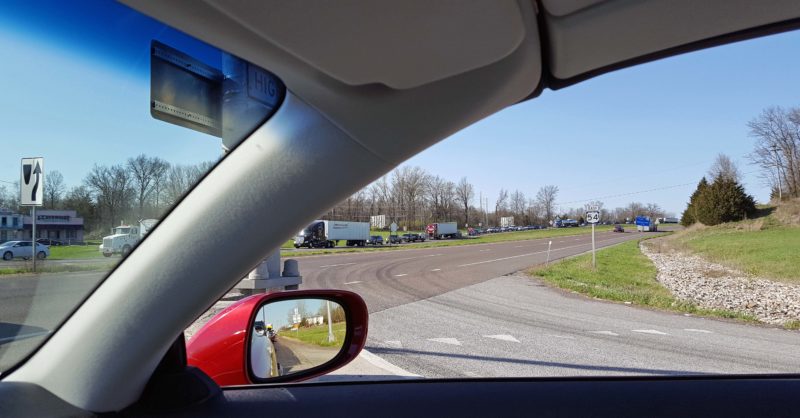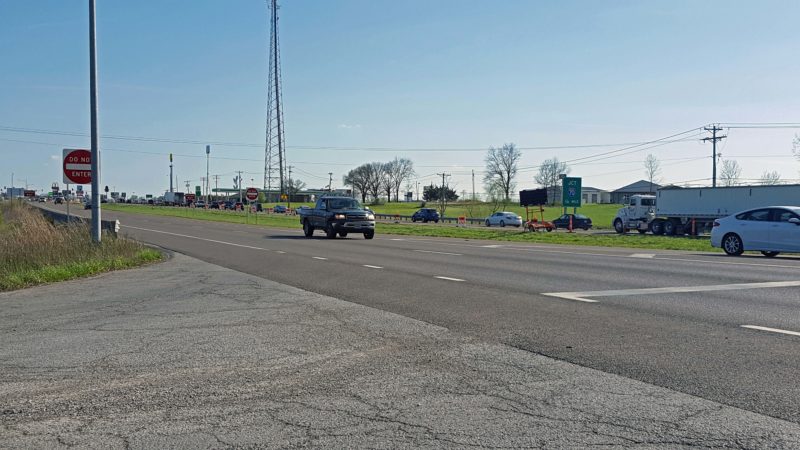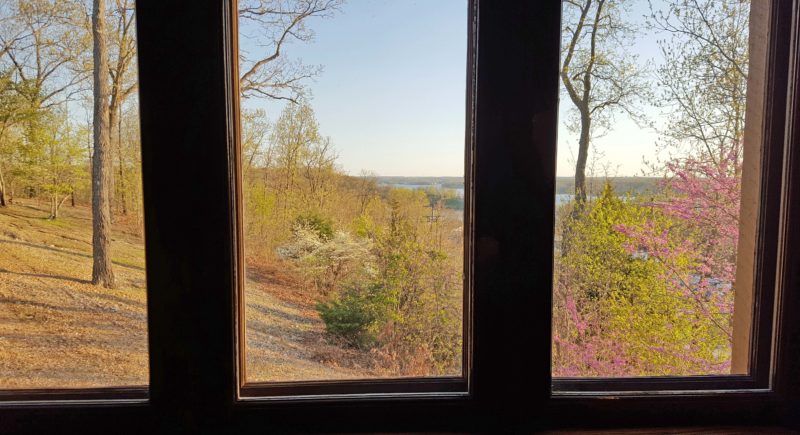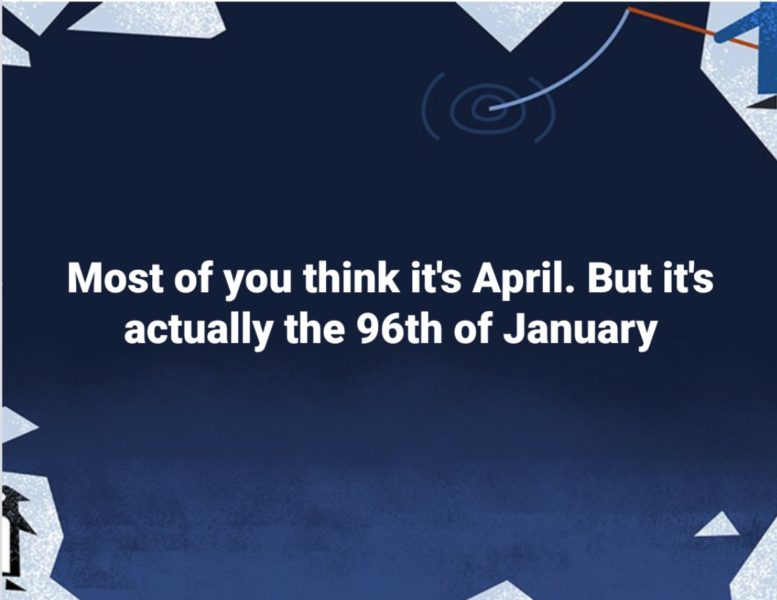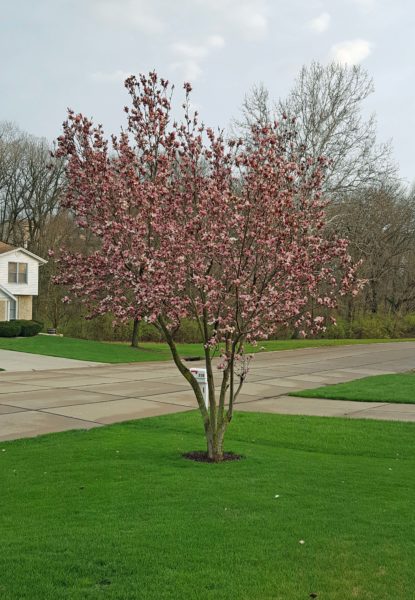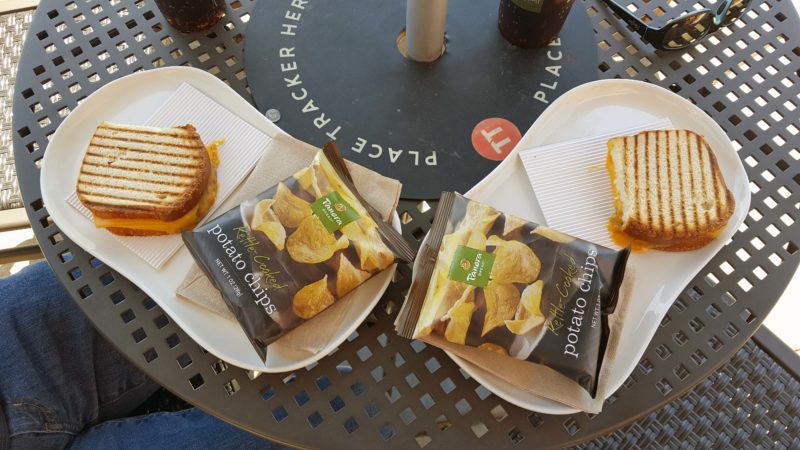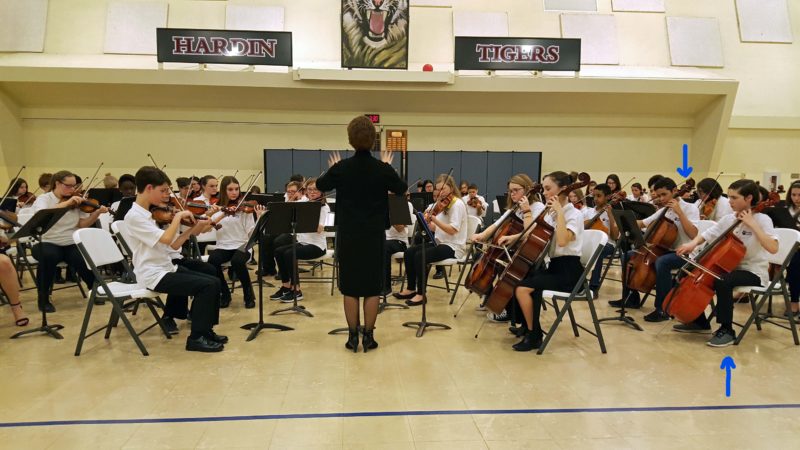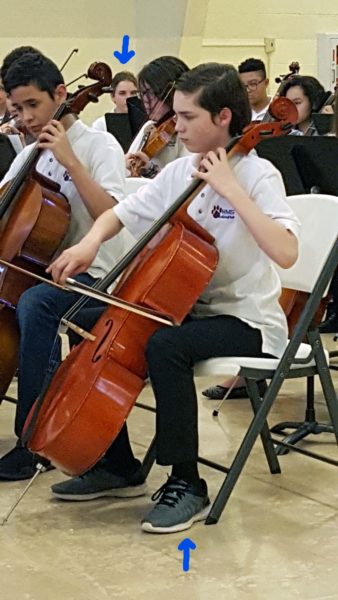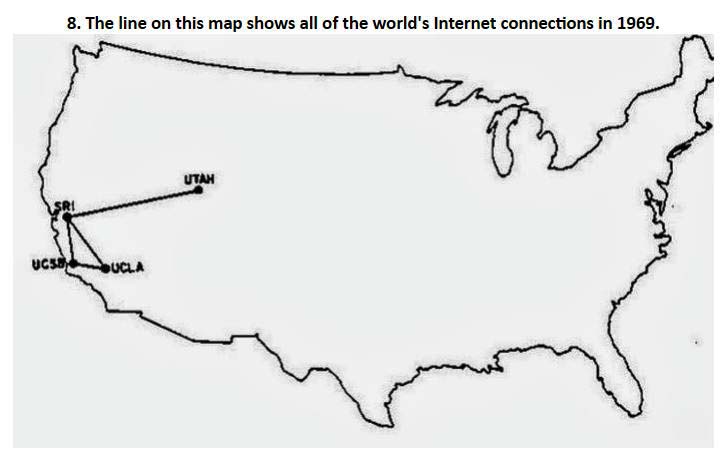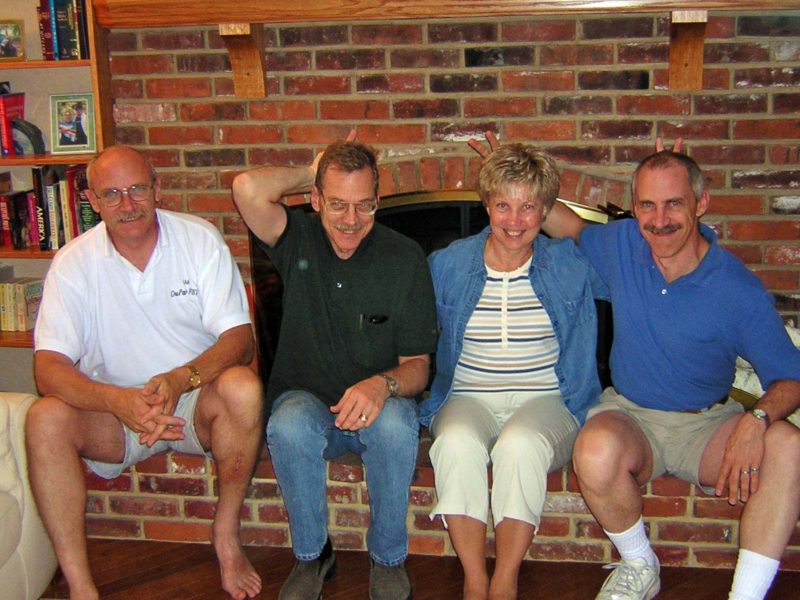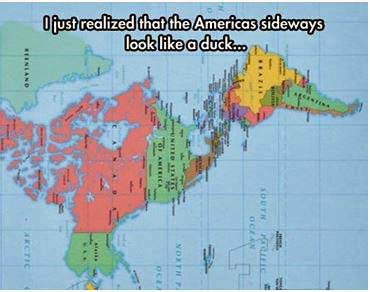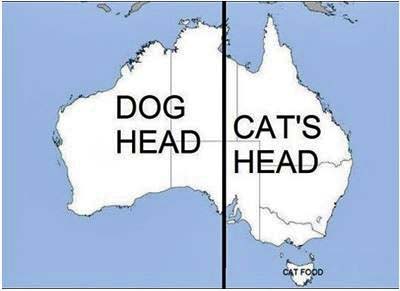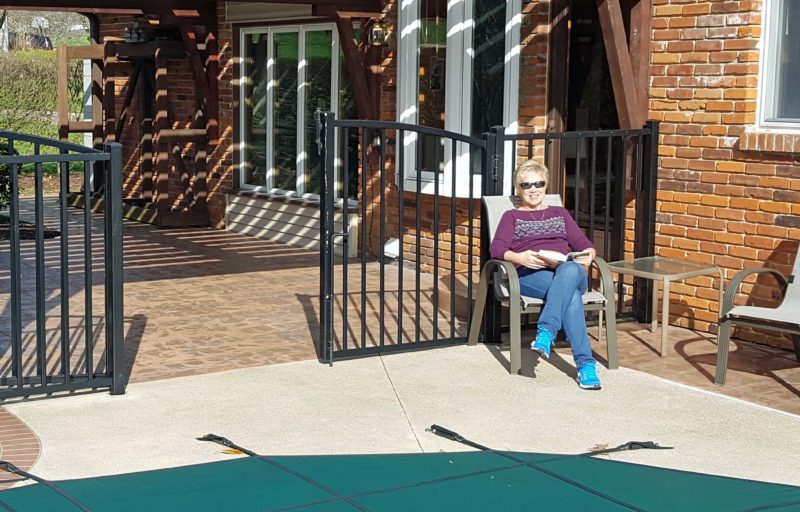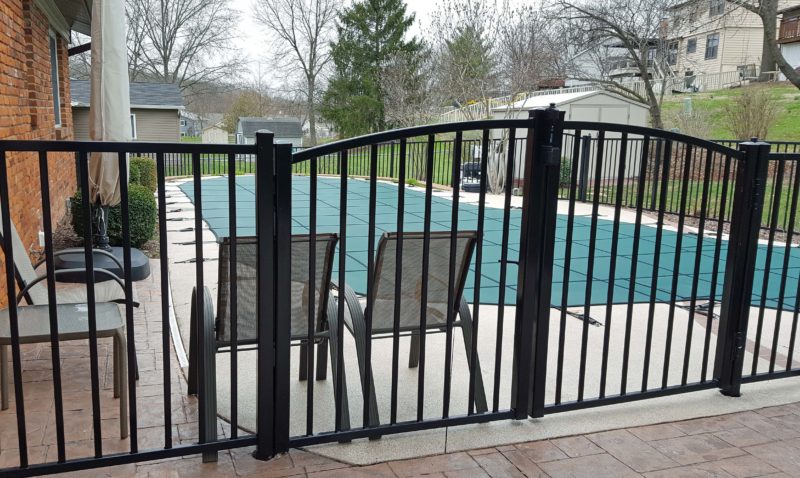City Museum in St. Louis is a very popular attraction. Jeff said when people find out he’s going to St. Louis, they ask if he’s going to City Museum. To make that happen, Ted and I decided we should take the family to the museum while the kids were visiting last weekend. While we were there, Jeff and La met some people they knew from Longmont. (Maybe that’s why they wondered if Jeff and La were going to City Museum.) It is definitely known far and wide–lots of out-of-state license plates in the parking lots.
Jeff described City Museum as “eclectic.” I think another word that might apply is “odd.” It’s not like any other museum I’ve ever visited. Ted and I have not been to City Museum for over ten years, and it’s changed a lot. The museum is located in a renovated shoe factory and began with displays of architectural city artifacts. This might be where the “City” part of the name originated. Over the years, many tunnels, stairways, caves, slides, etc. have been added, so there’s a lot of activity going on inside and outside the museum. It is a very active museum. (Also a very loud museum.) Some of the throughways are very small–designed for little children; others have age/height requirements for older attendees.
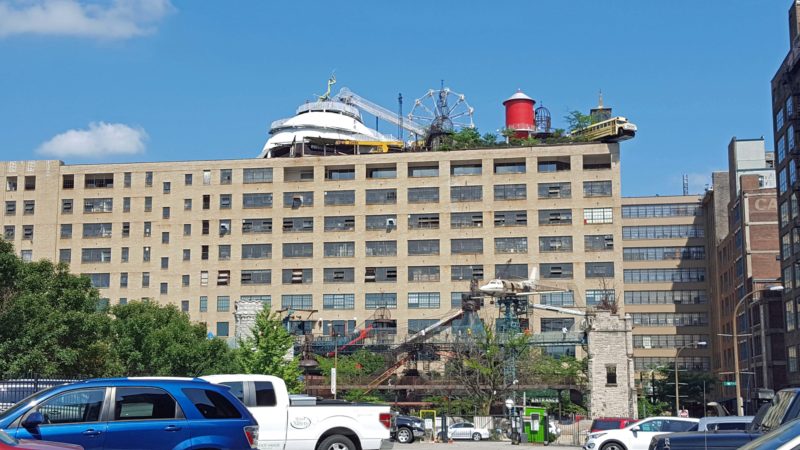
Here’s City Museum from the outside. The rooftop attractions require an additional admission ticket, but things on the level of the airplane are included with the rest of the museum. The school bus on the roof has become the iconic symbol of City Museum.
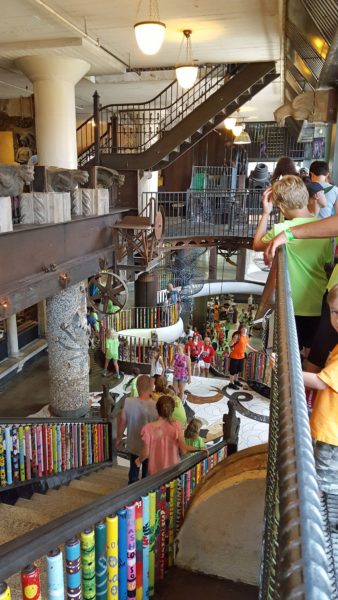
This photo illustrates the jumble of the inside of the museum. The kids on the right are in line for the slide that goes down to the exit. If you take the slide, you must exit, so you’re limited to one trip down. Use the stairs if you’re not ready to leave the building.
What the kids and grandkids did
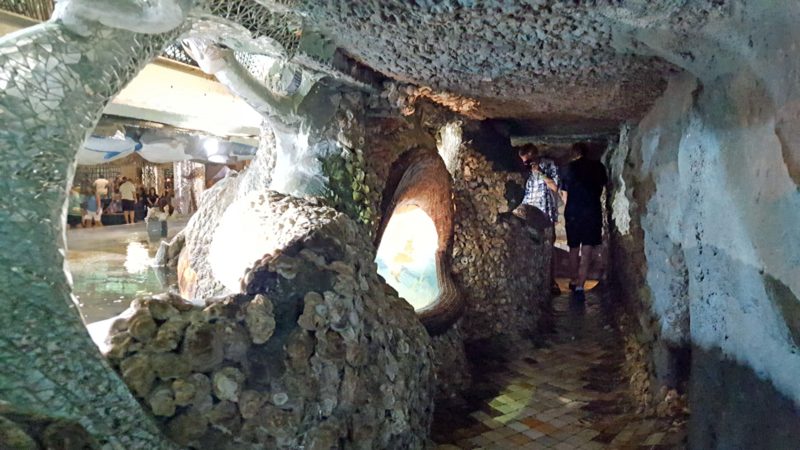
Here are Jeff and Zaque going through a tunnel.
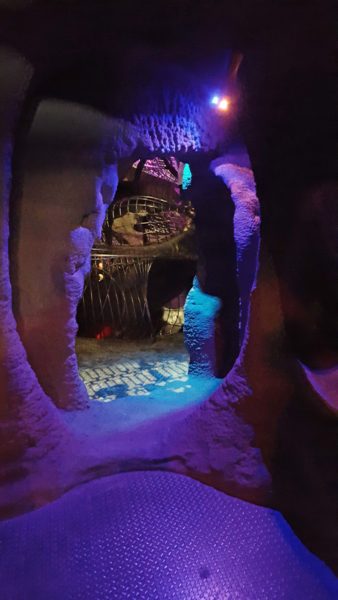
This is an entrance to a cave. Paths–including staircases and tunnels–go every which way, including up and down. I don’t do caves, so I didn’t get very far inside. I talked with one lady who said she didn’t think she was going to find her way out. It’s good that I left, if that’s what it was like!
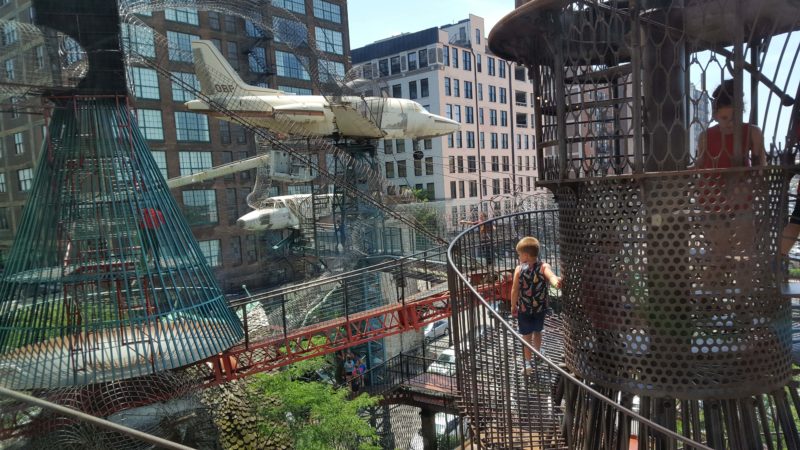
Members of our group went outside to this level and climbed and crawled their way around. Their report: it was hot! (Upper 90s.)
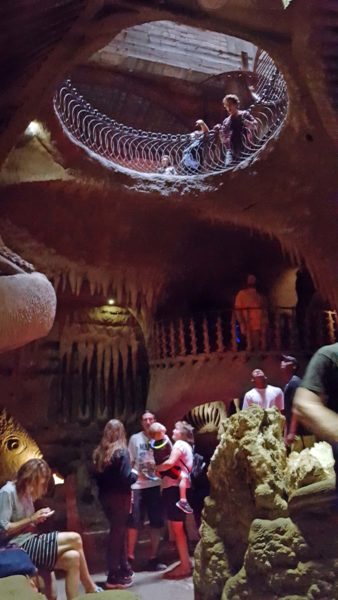
There were areas with all kinds of twists and turns. You never knew where someone was going to appear because you couldn’t see the direction the paths were going to take. Some kids found a way to get from the bottom to the top in this area.
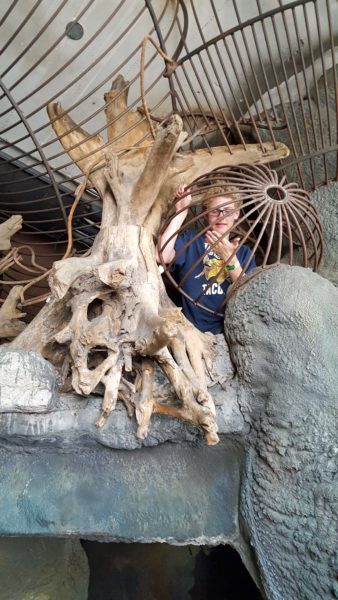
Here’s Zaque, who found a way up to a new level from where he left us.
What Ted and I did
With all the optional directions to take everywhere we went, it was hard to stay in a group. After leaving the cave, Ted and I decided to check out the museum stuff that didn’t require crawling on our bellies.
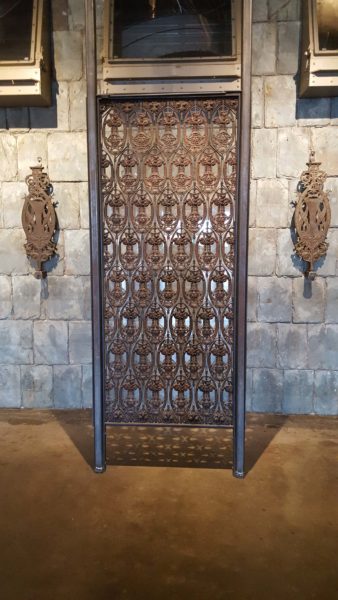
Here’s an old elevator door–one of the architectural artifacts in the museum.
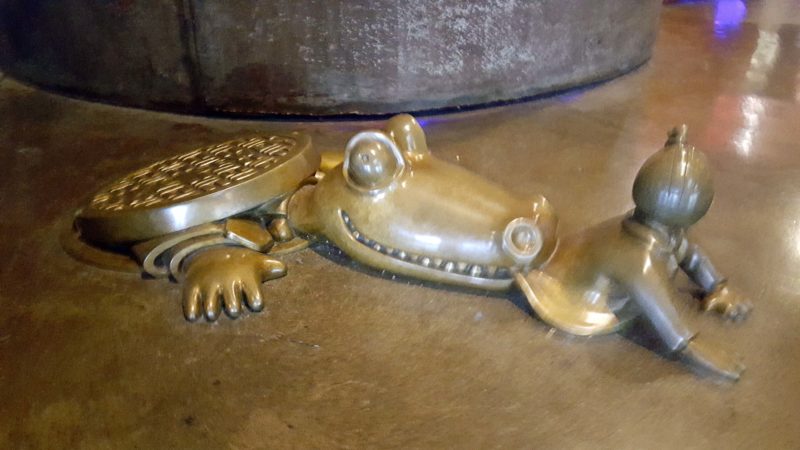
How about a surprising twist from under a sewer cover?
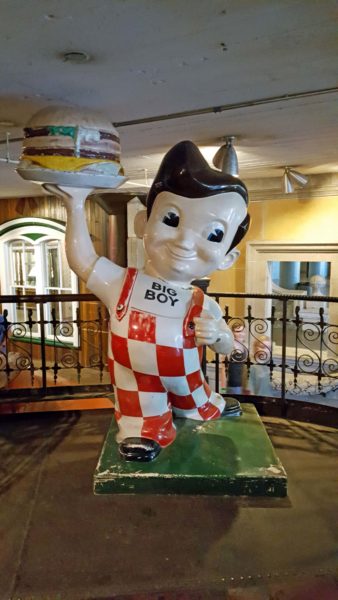
Remember?
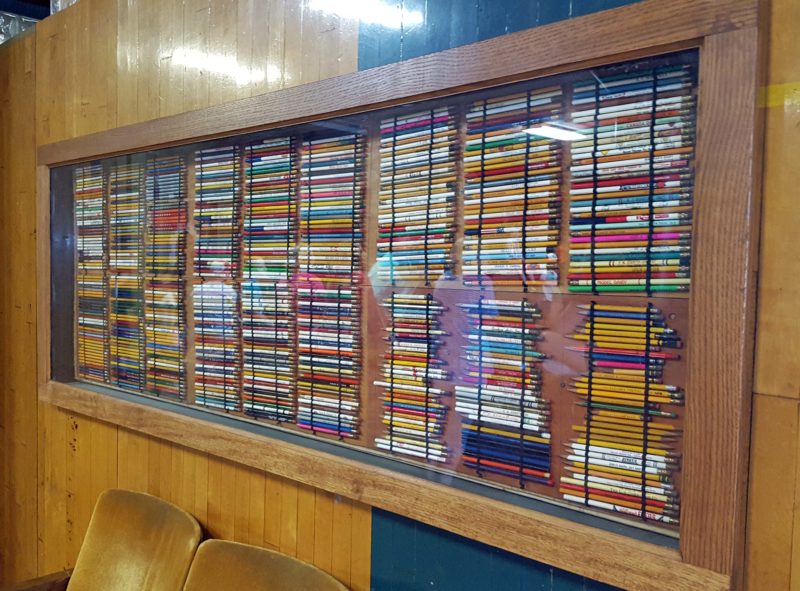
There’s an huge box of pencils on display–some new, some used. Why?
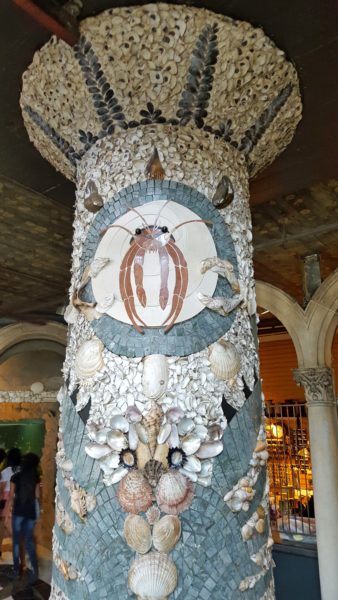
Pillars throughout the building are covered in a variety of substances. This one is decorated with shells.
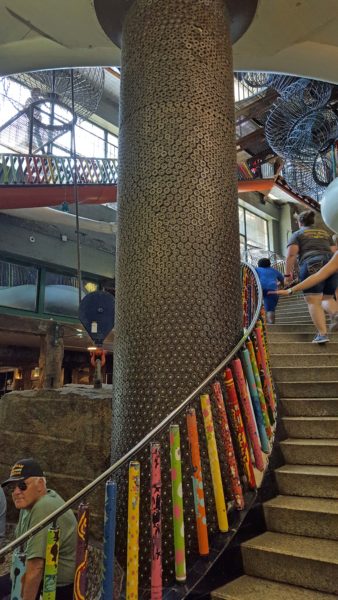
For a change of pace, this tower is covered with gears. All the round spindles on the stairway spin. Some have messages on them; others have designs. That’s the slide to the exit in the upper left.
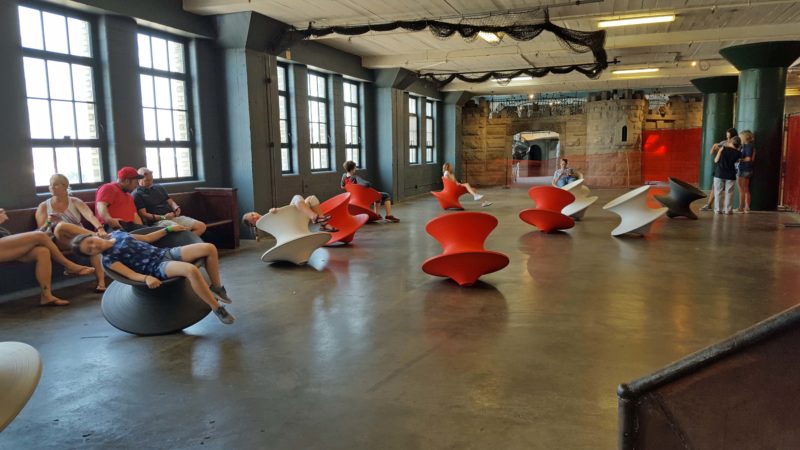
The kids were having fun in the sit-and-spin area. Why is there a net on the ceiling?
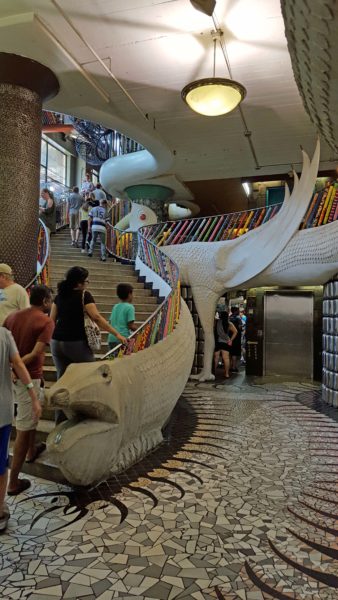
Some kind of mythical creature wraps around the staircase and the edge of a snack bar loft.
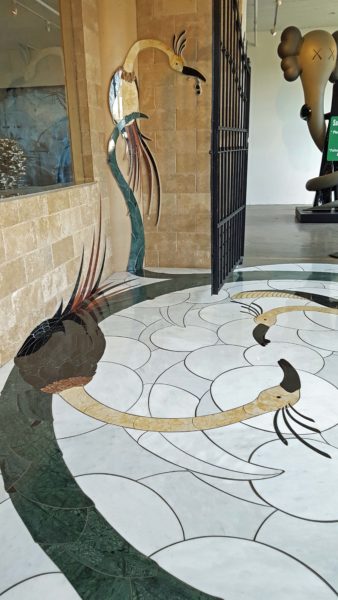
The mosaic birds on the floor continue up the wall. Note that the bird on the wall has a pair of goggles in its beak.
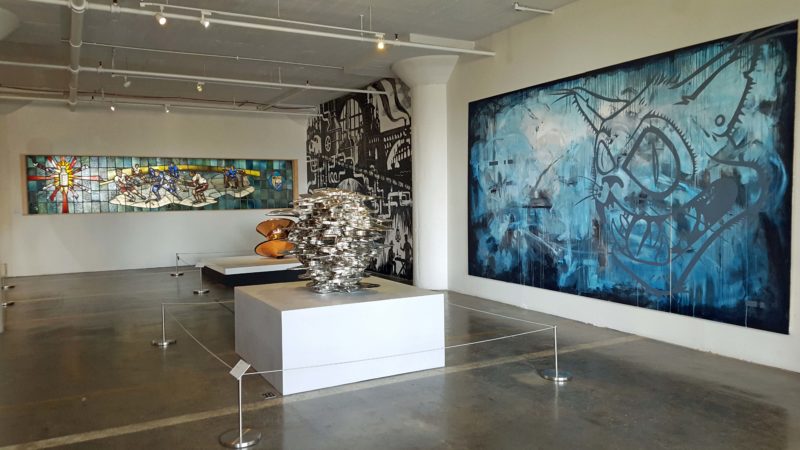
We found an art gallery with unusual art. I like the copper sit-and-spin in the back.
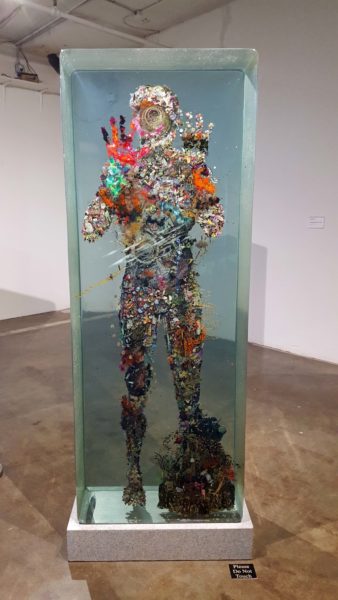
This man is trapped in glass.
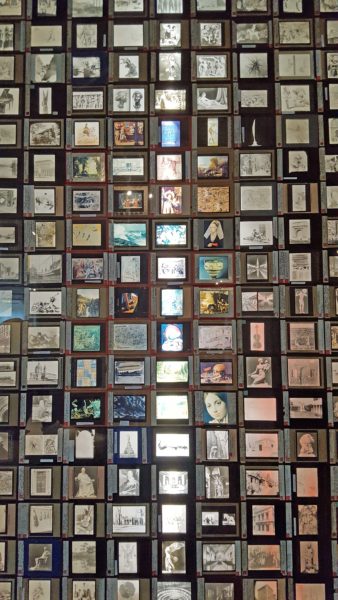
There were two windows filled with slides encased in glass.
What we all did
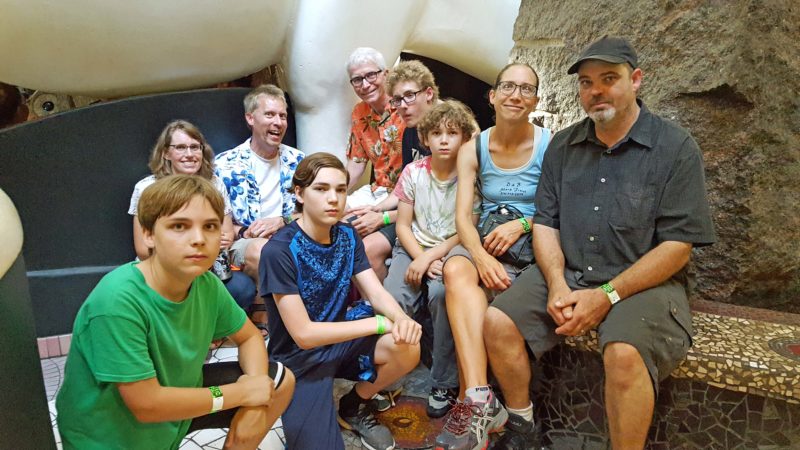
We all had fun–even the boys who look serious. It was time for a snack.
